Evgeniy Pavlov
Violin. Archive Series. Orwochrome.
What unites all three projects? They are rooted in the 70s. The difference is that the «Violin» was shot in about three days, while the other two, the «Orwochrome» and the «Archive Series», which began in the 1970s, lasted for two decades and developed in two different directions. One of them — shot on a slide film «Orwochrome», which was providing real opportunities for working with color, while the «Archive Series» came as the result of daily black-and-white shooting.
Violin
1972
In a conversation with a friend, I said that I wanted to take a picture with a naked man standing in the water against the sunset and stretching the accordion. To this, my friend replied that his hippie company was going to the river, and they had a violin. This is where the story of the shooting began and we shot it in one breath. During the action, one shot seemed to lead to a sec-ond, and a third, and another, another… Despite all the oddity of the situation, the guys worked with enthusiasm. And maybe that’s why, when the shooting was over, one of them said, «I think we've done something serious». It was in this context that this improvised performance took place.
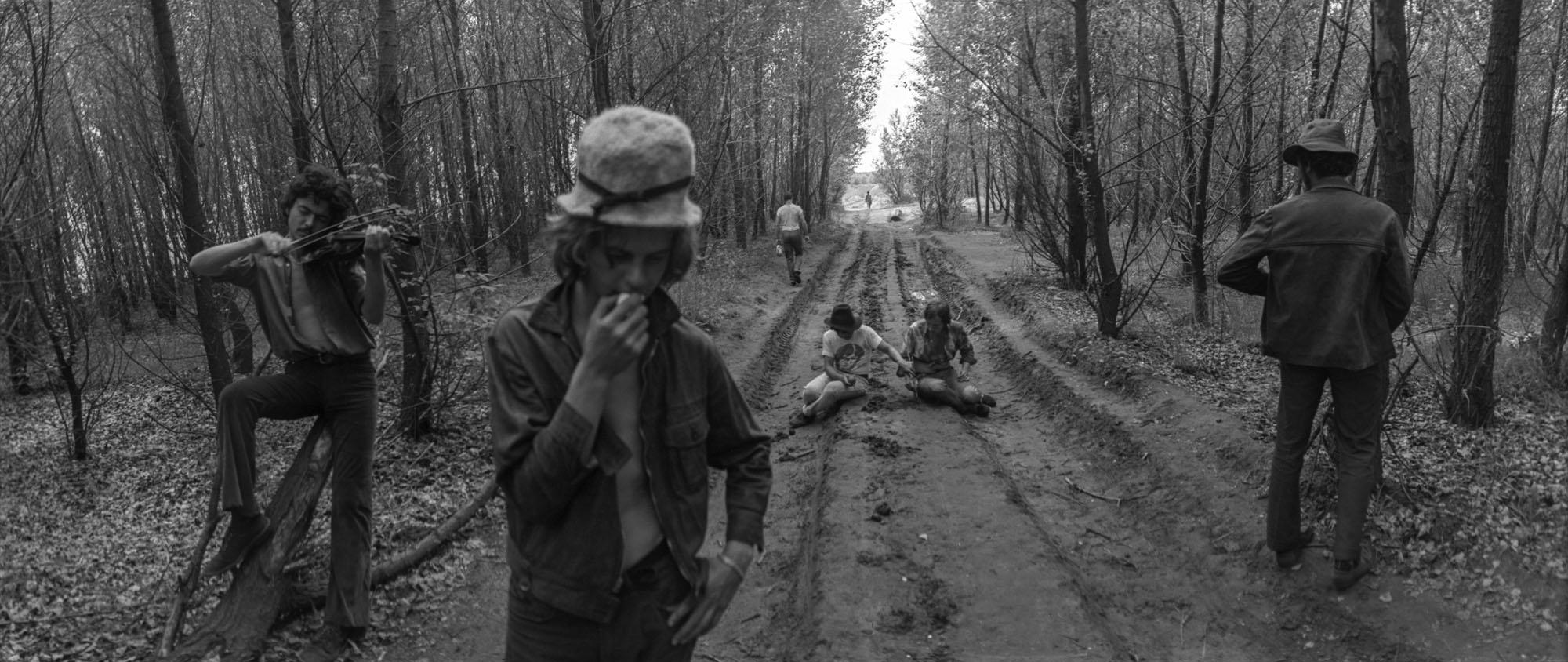

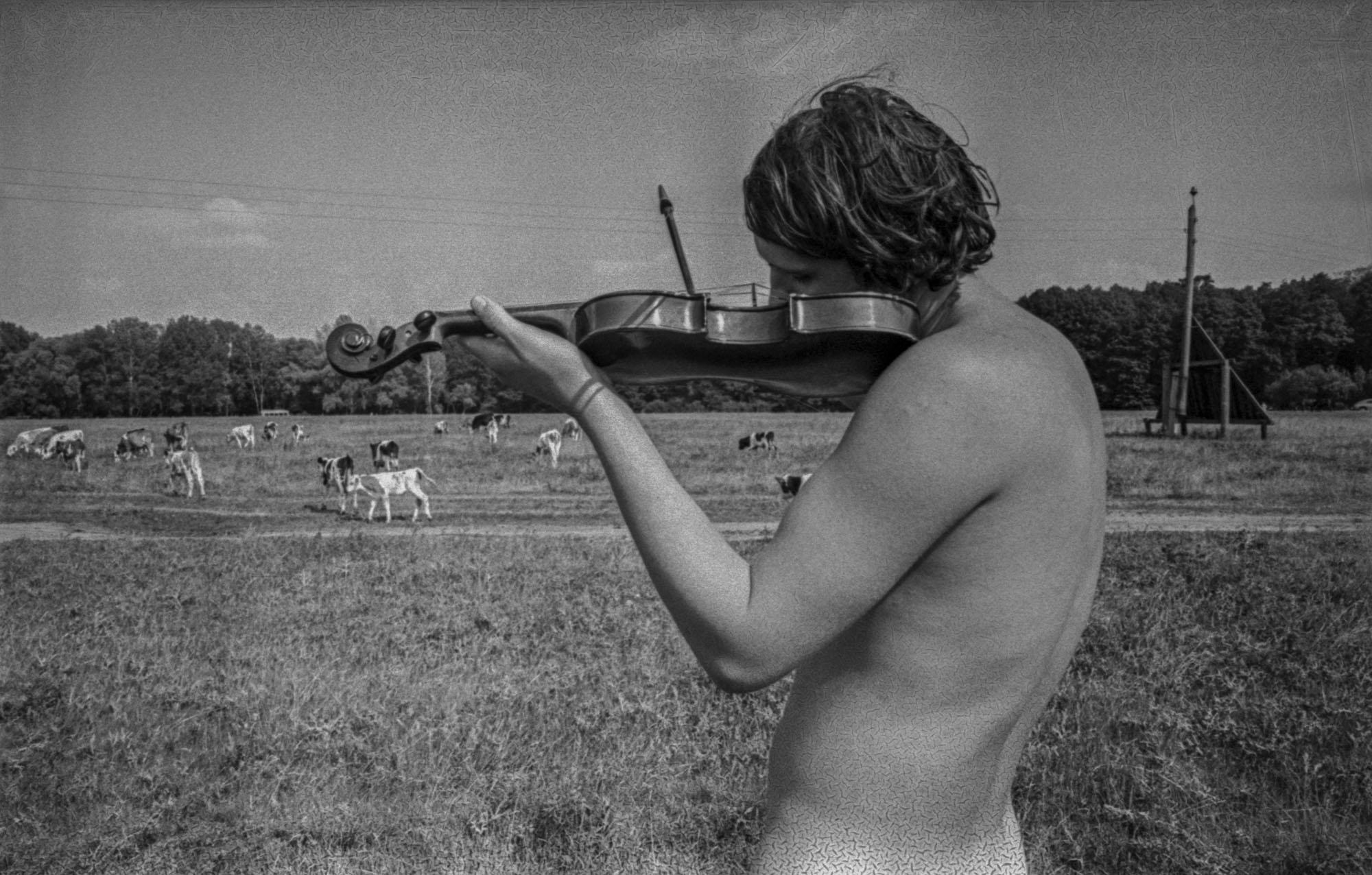
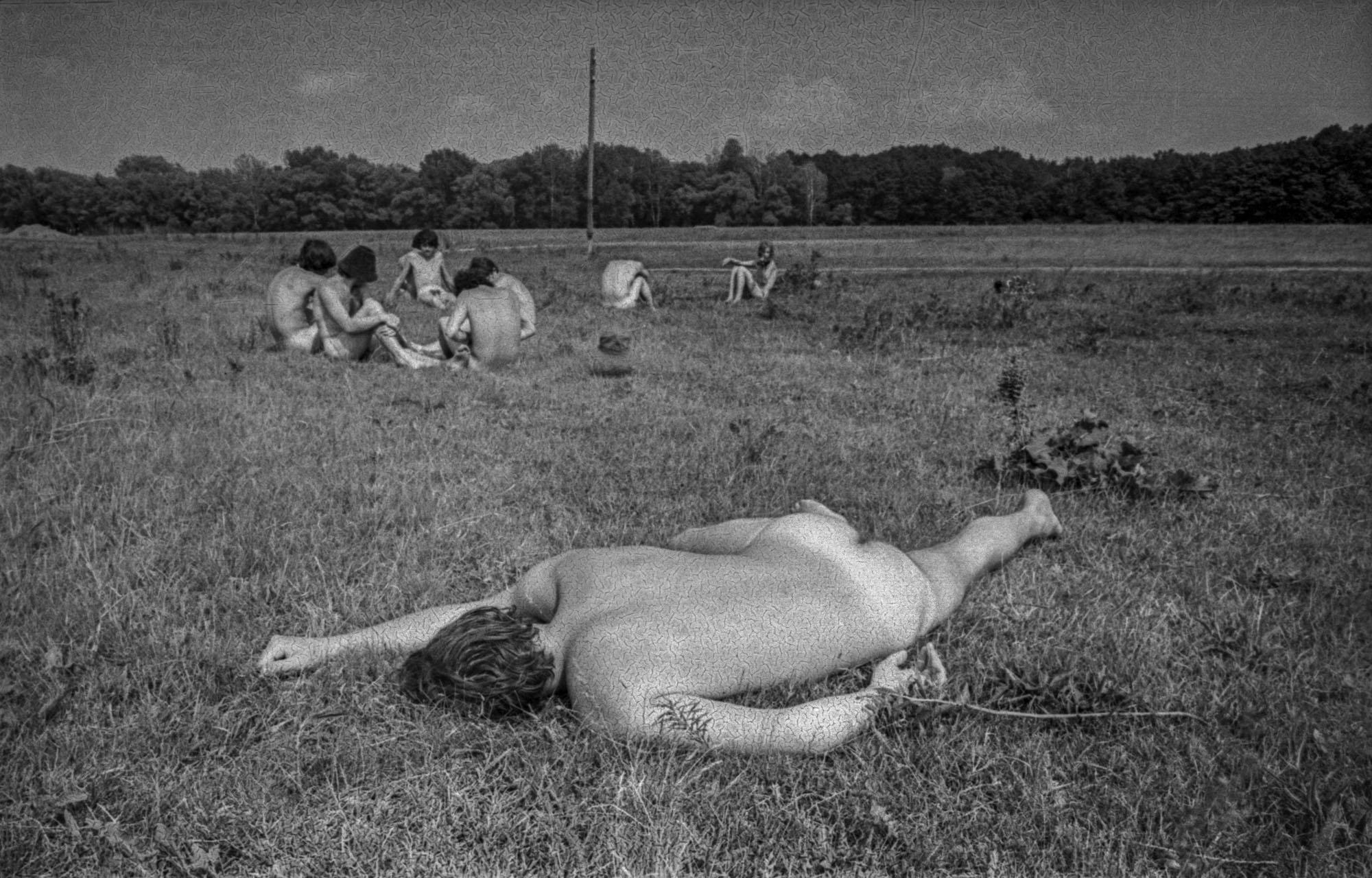
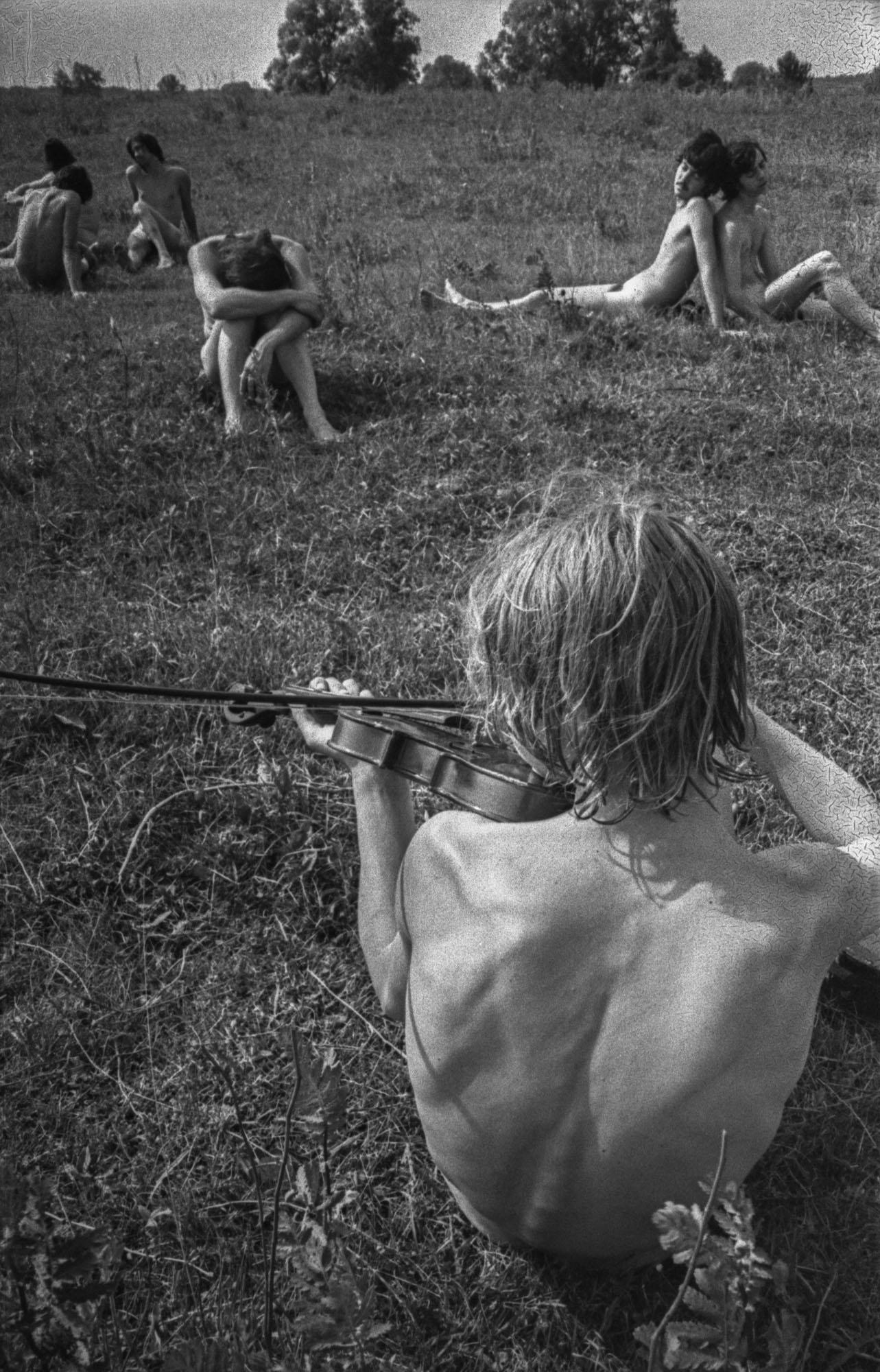
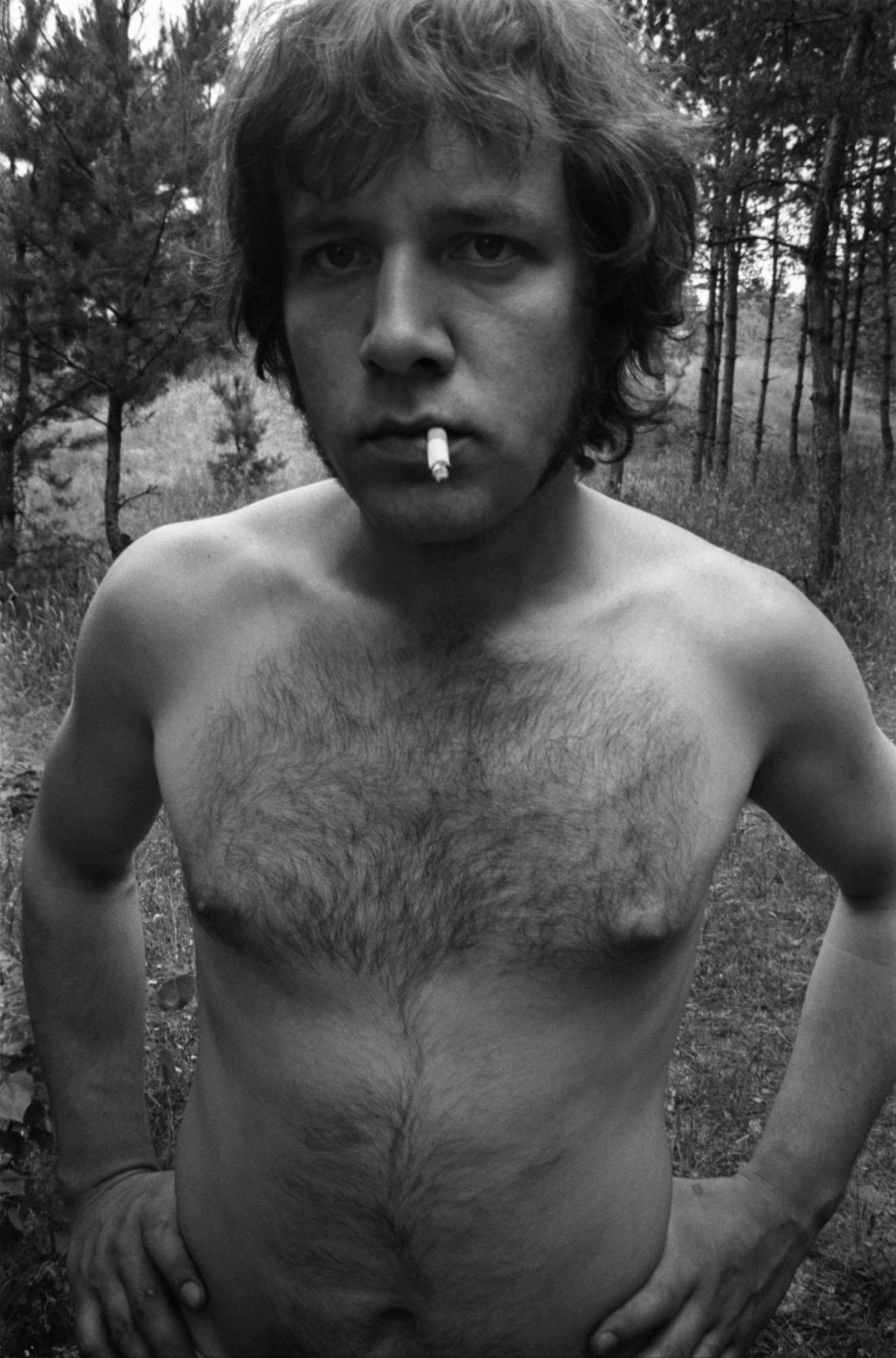
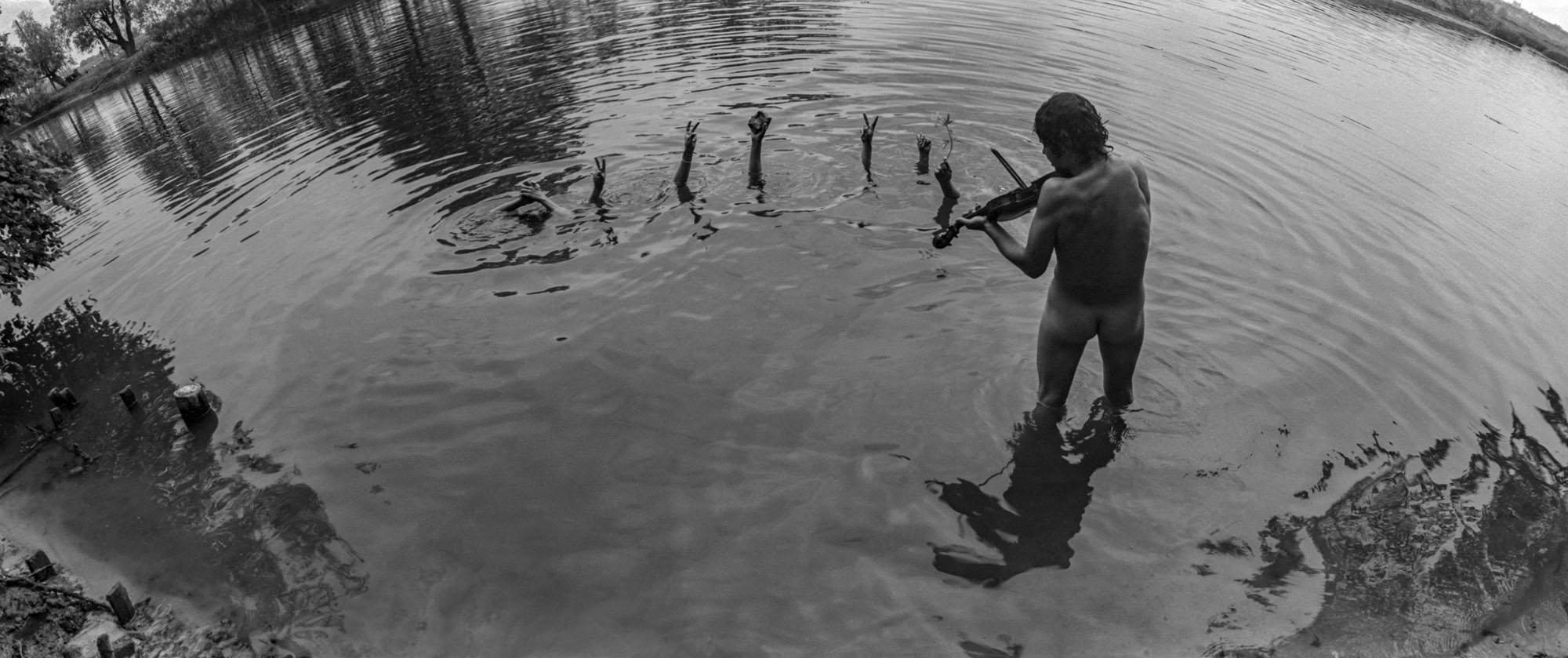
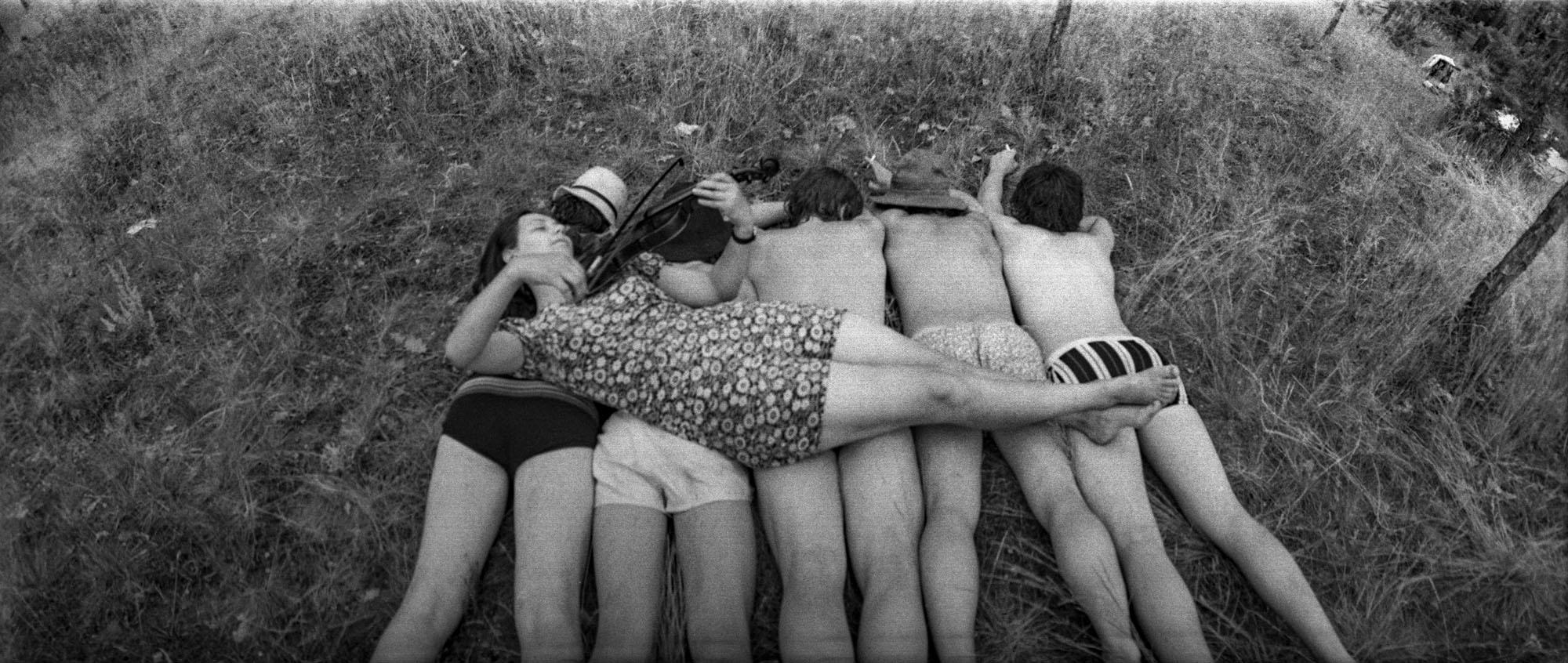
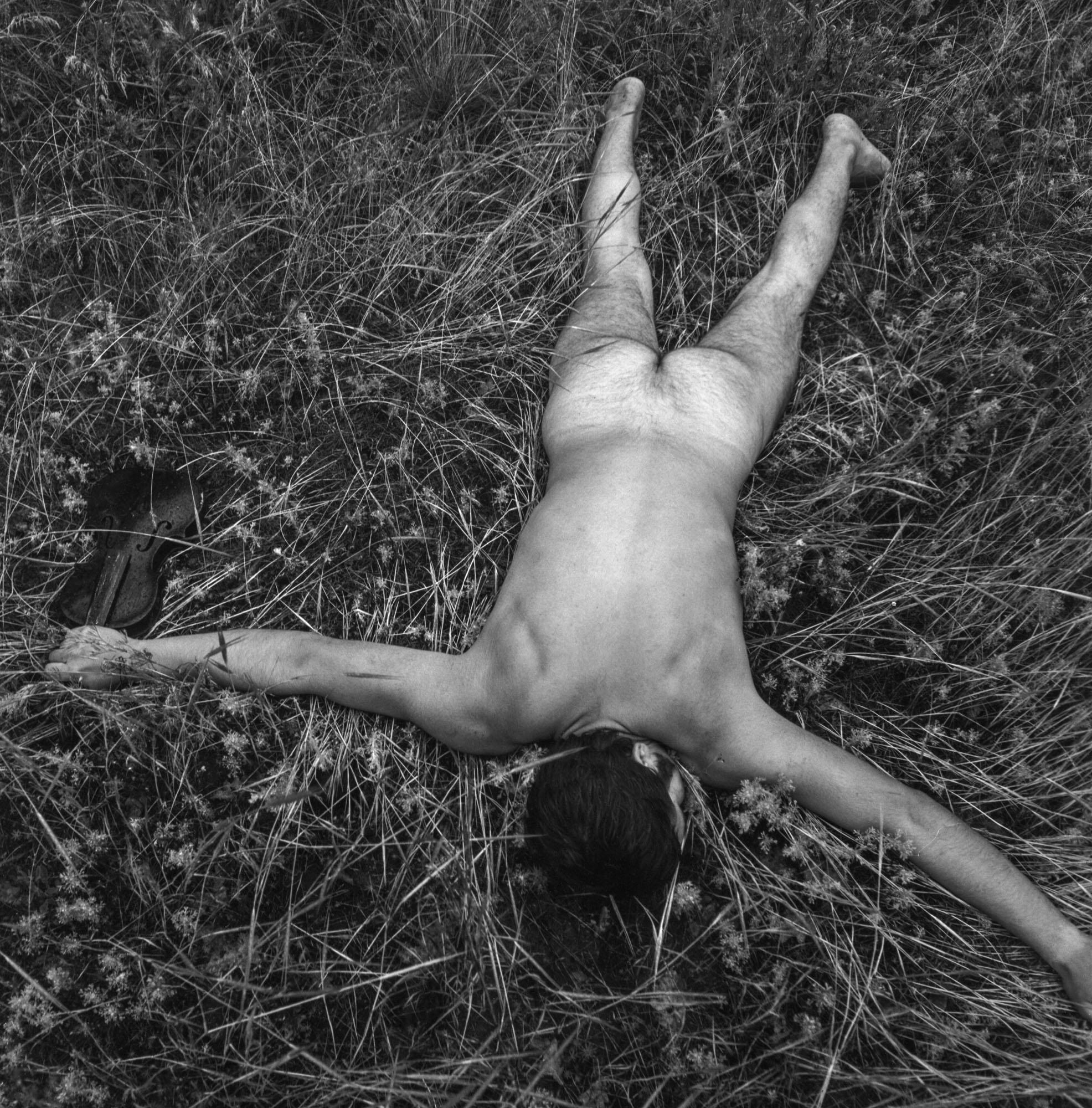
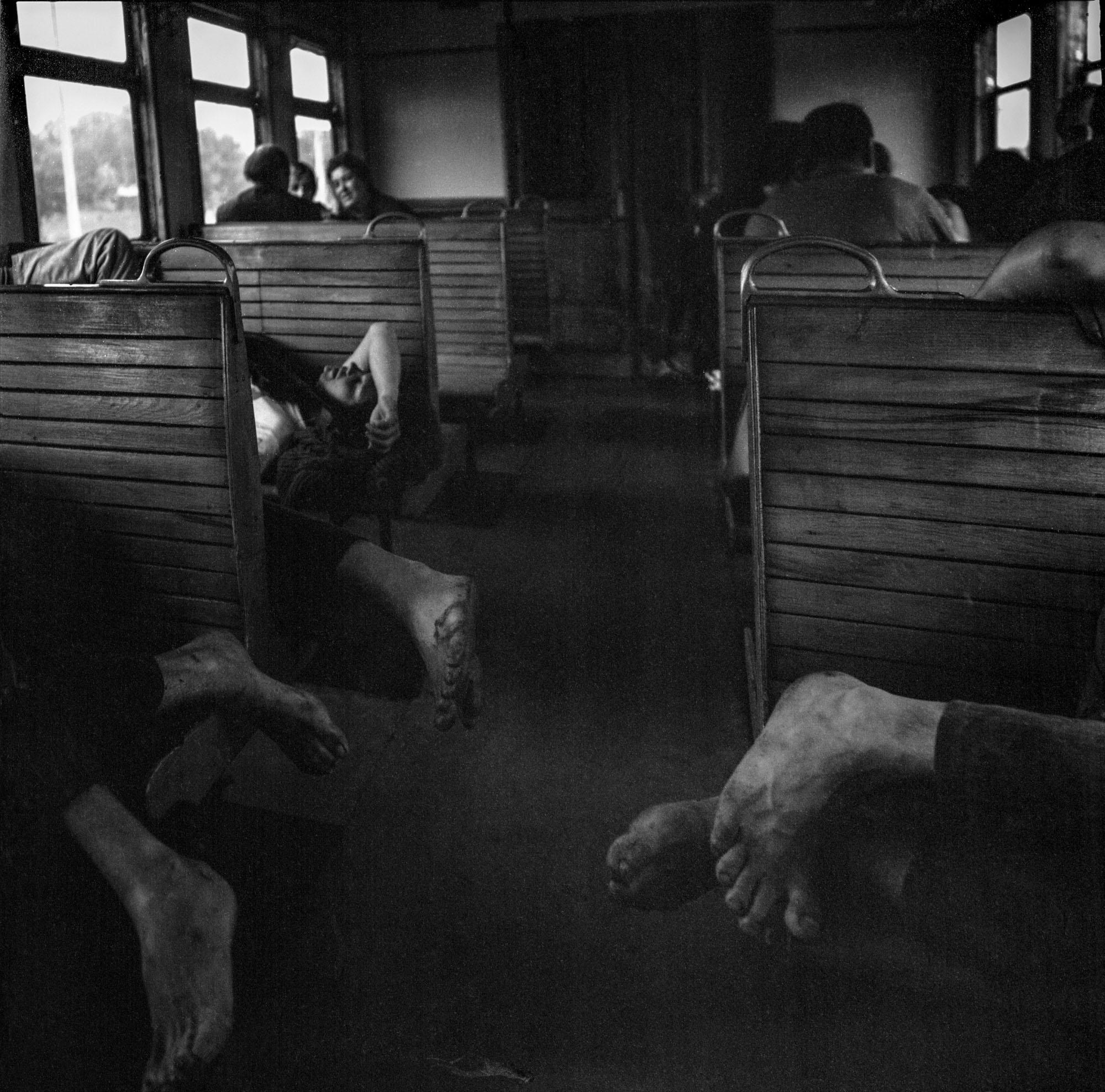
Archive Series
1965-1988
The earliest images from «The Archive Series», shot on black and white film, appeared in the late 1960s, and the shooting of this series ended in 1988. At the first glance, the interference of the color into the image seems absurd here. But in fact it is the result of a reflection on the nature of photography, what the camera shots, what is recorded on film, what transformations the chemistry of the process provides. And then it becomes clear that the defects of the photo image create a peripheral layer of information, which is graphically endowed with its own content, and that is it that can be made obvious with the help of color retouching.
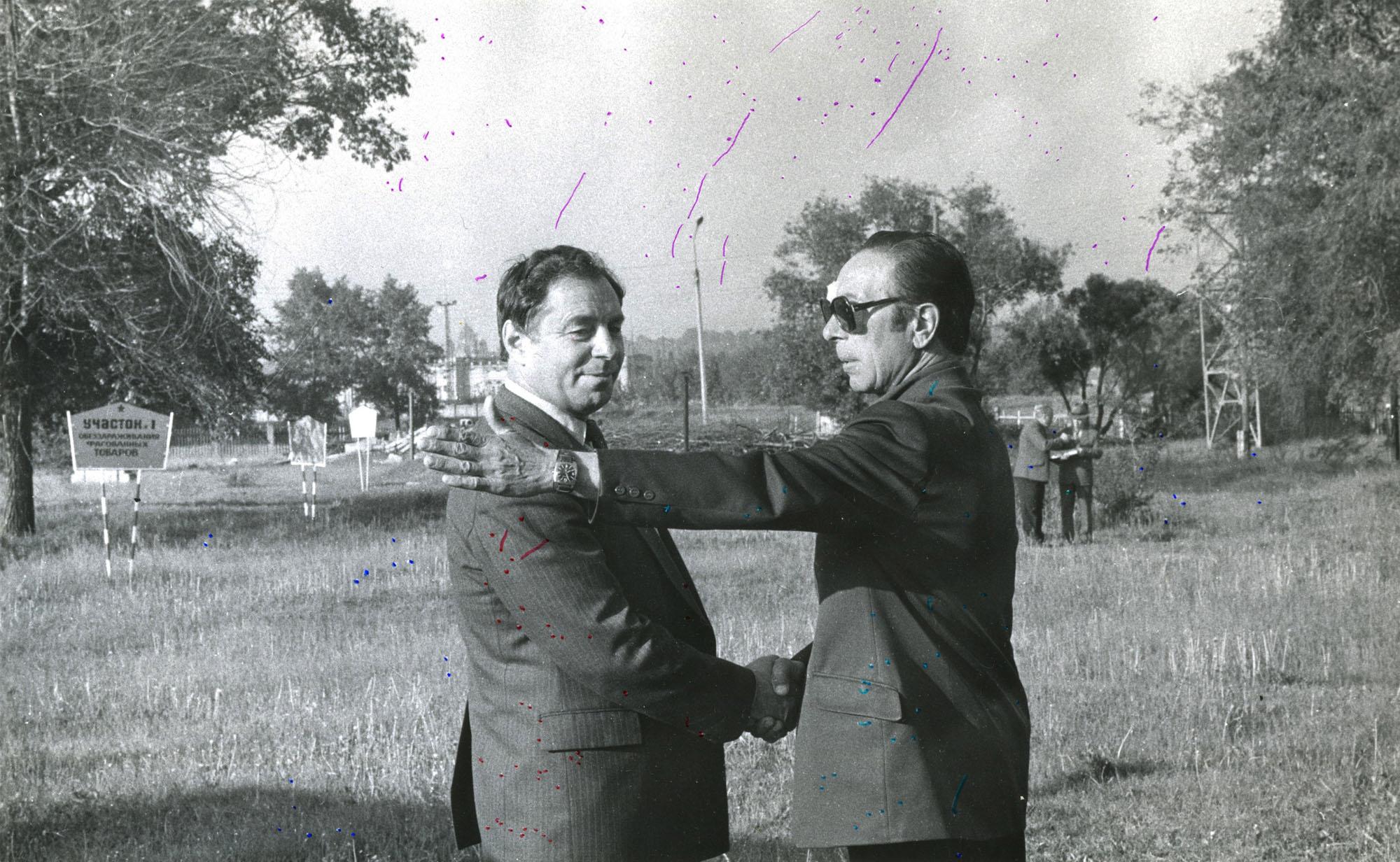
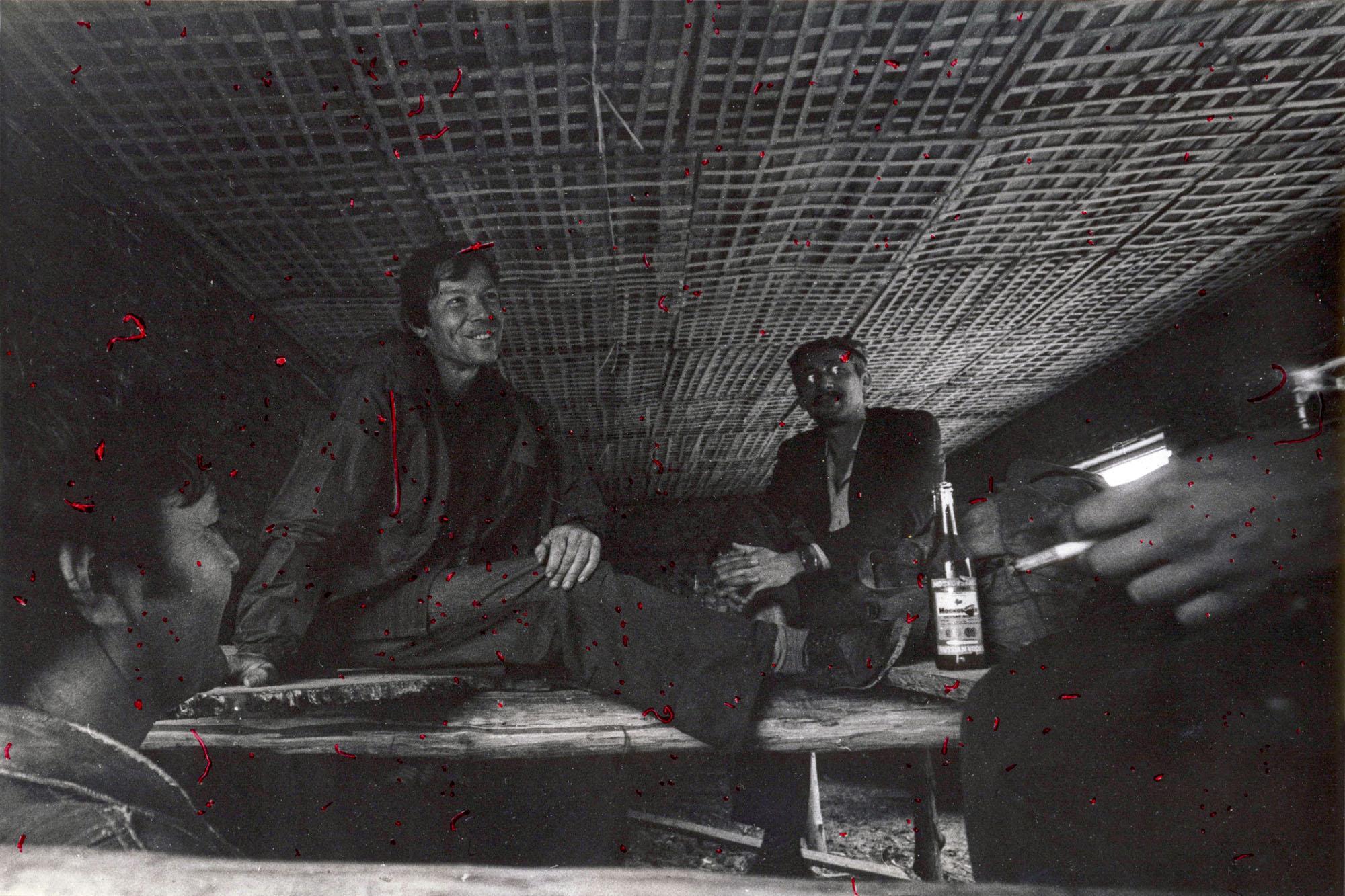
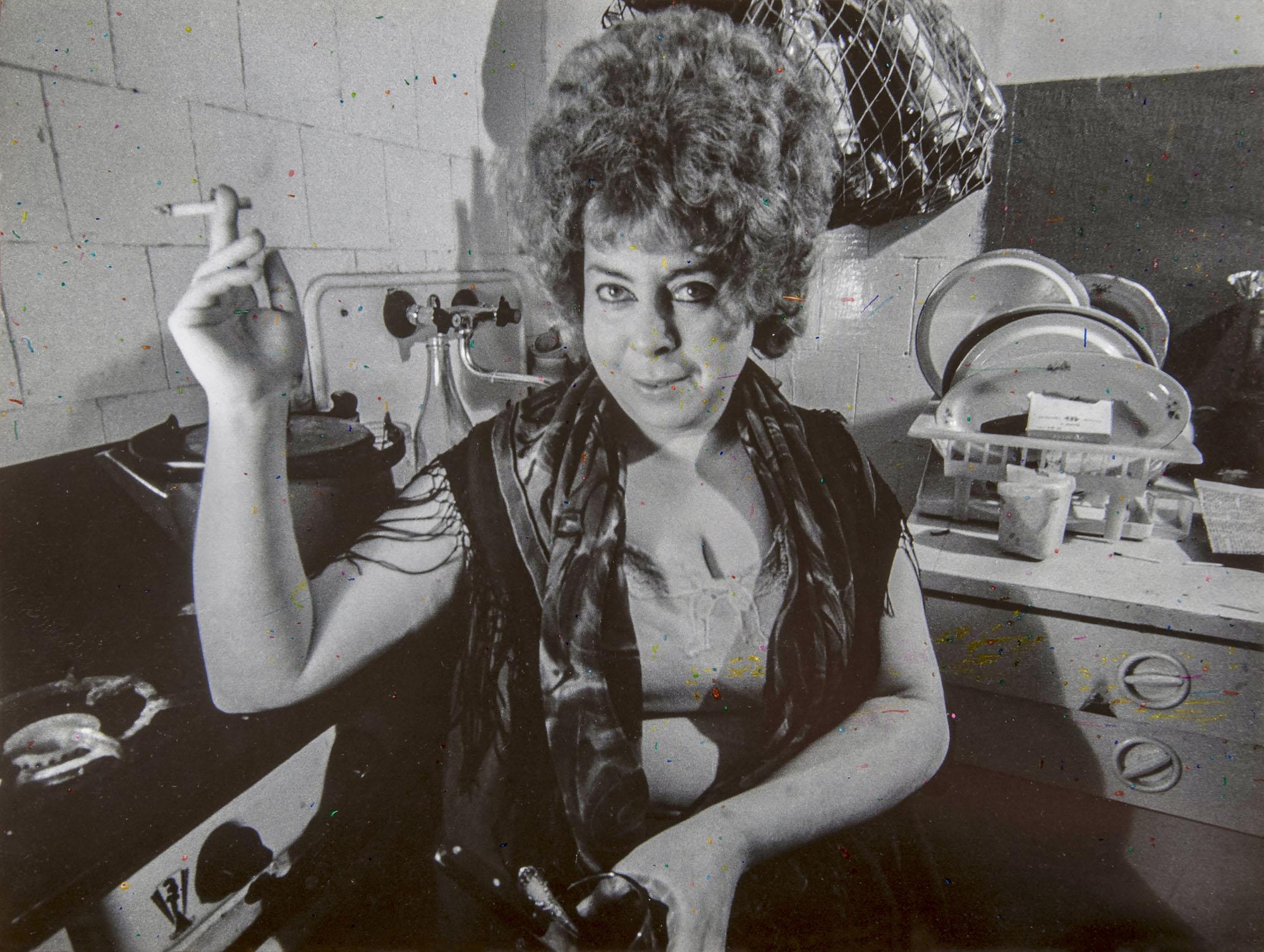
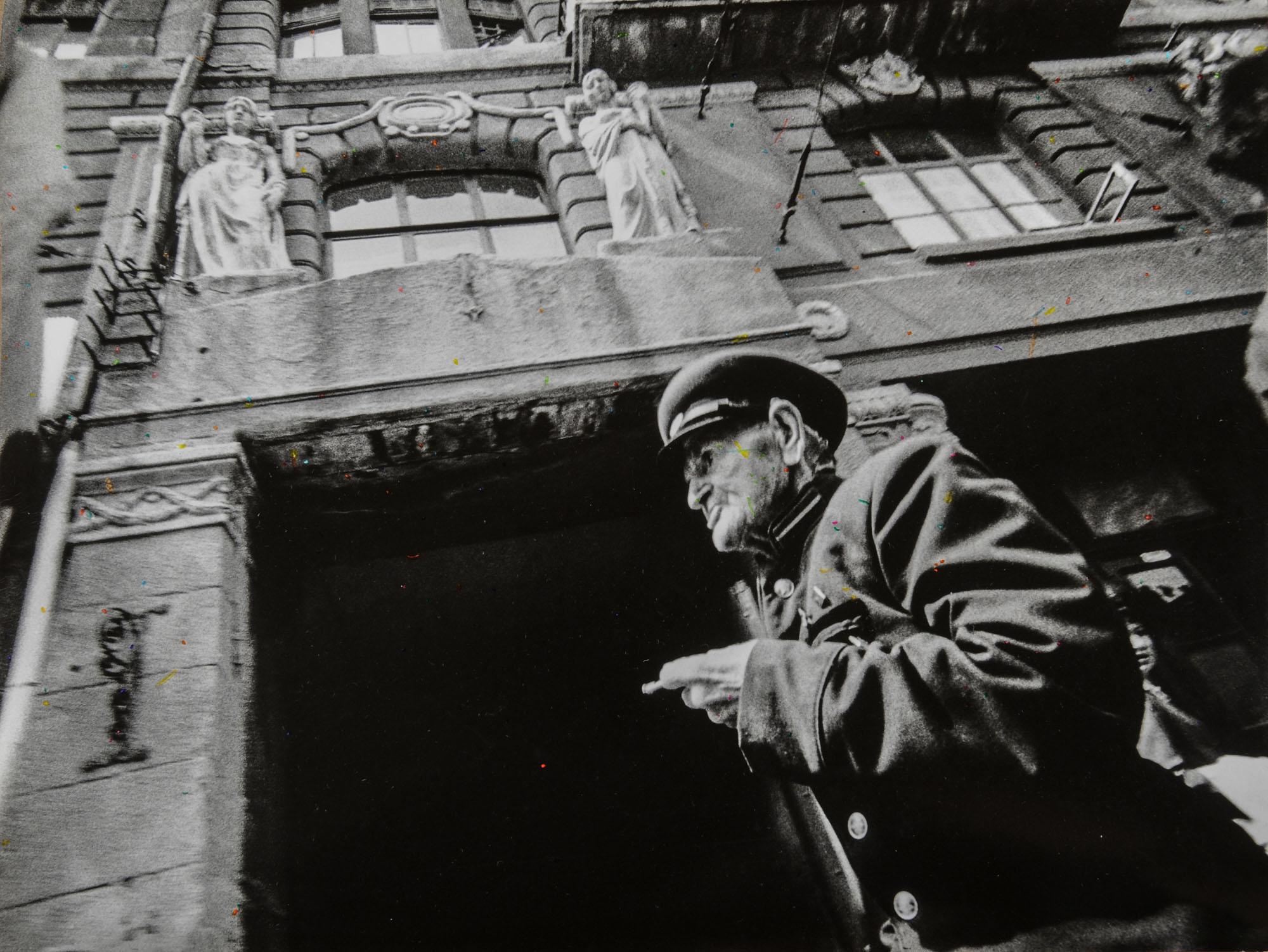
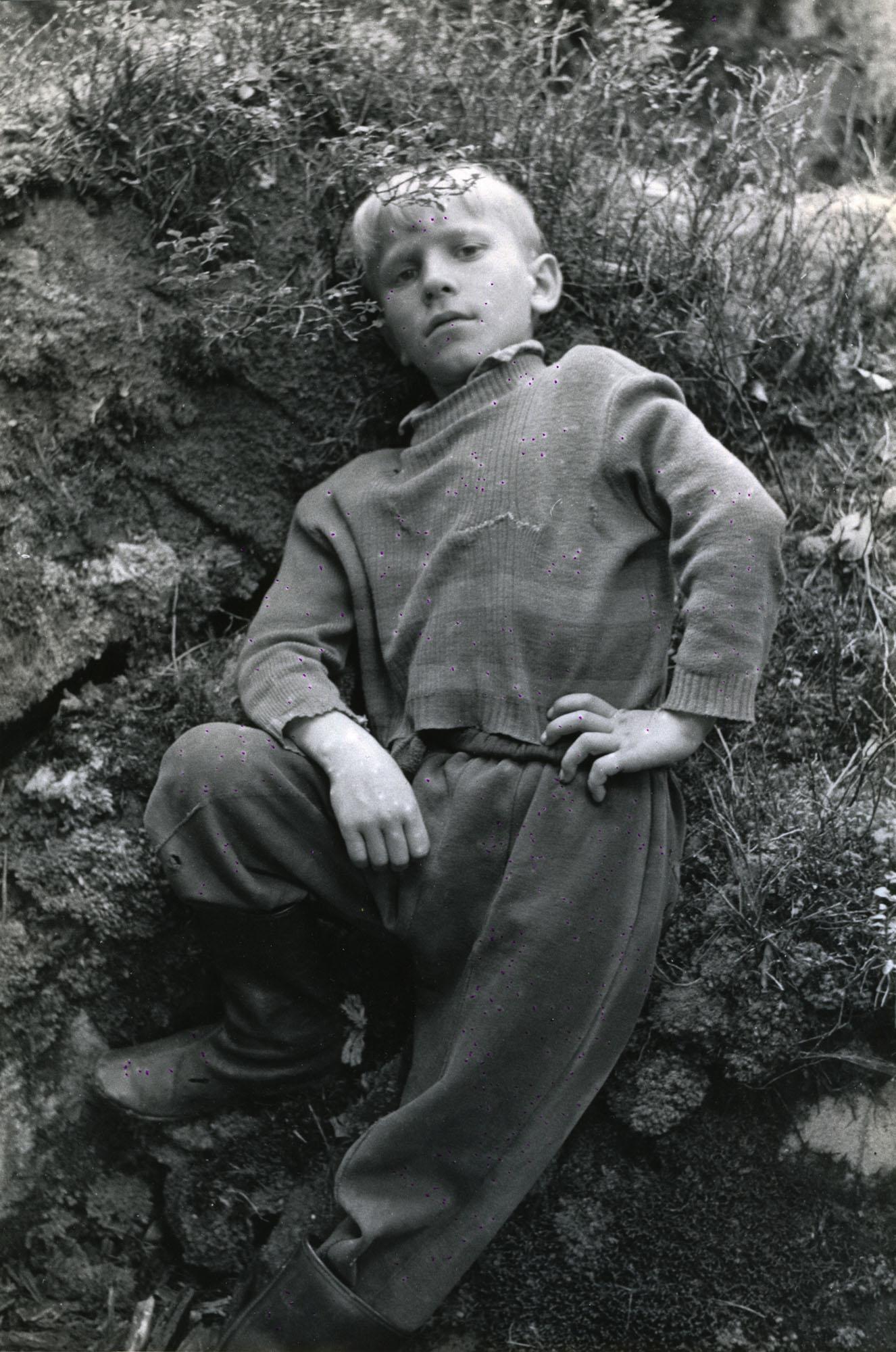
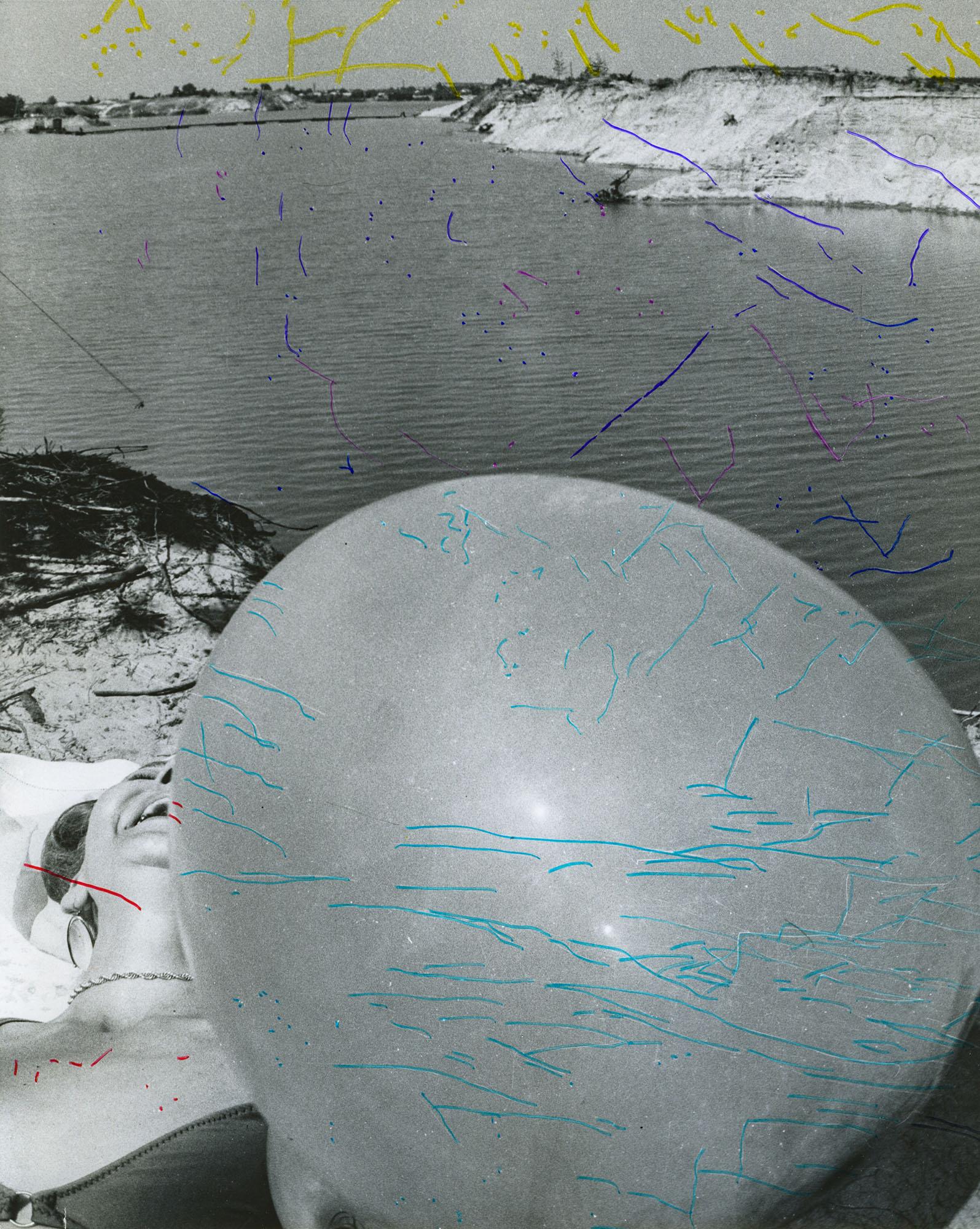
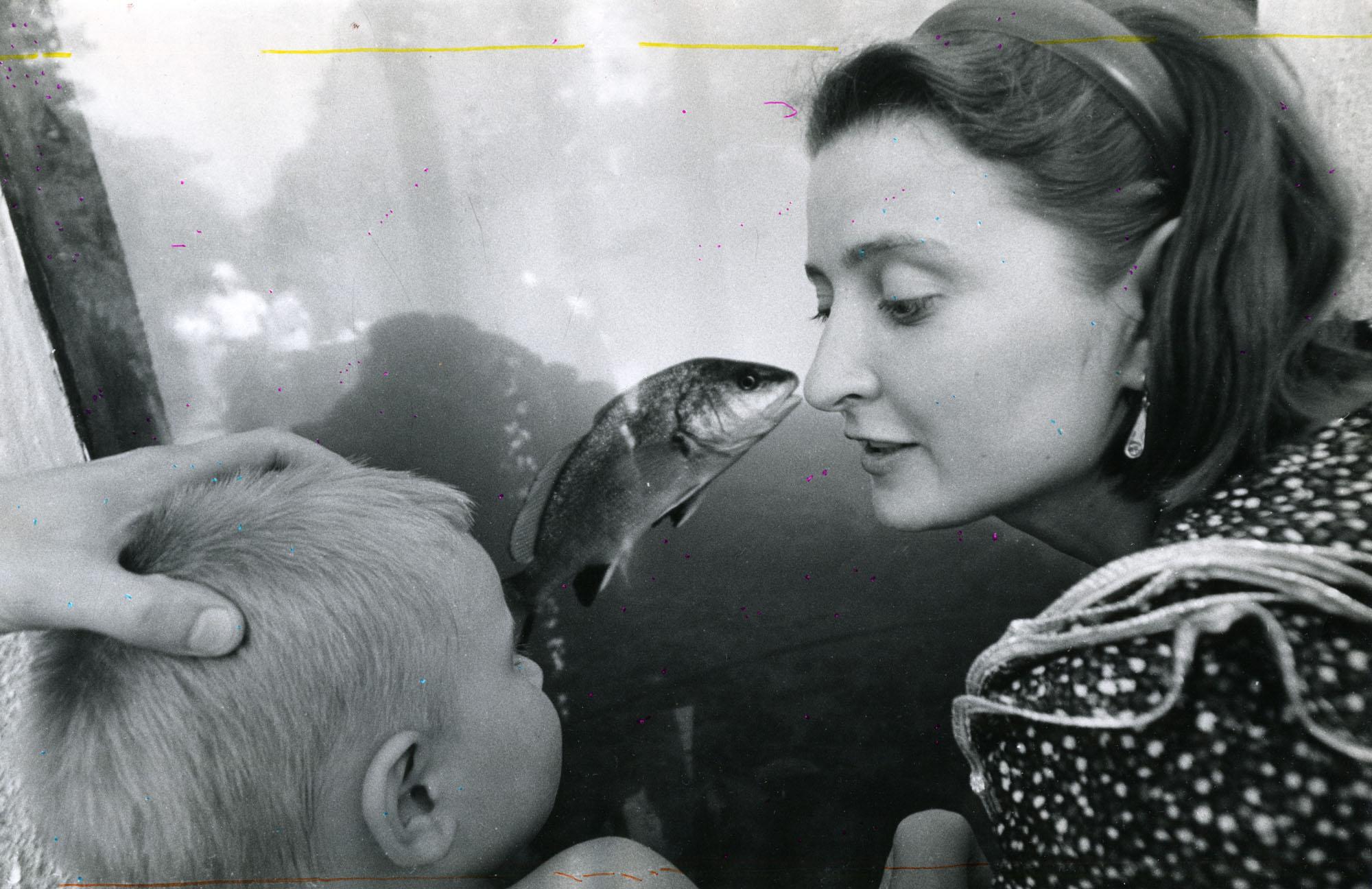
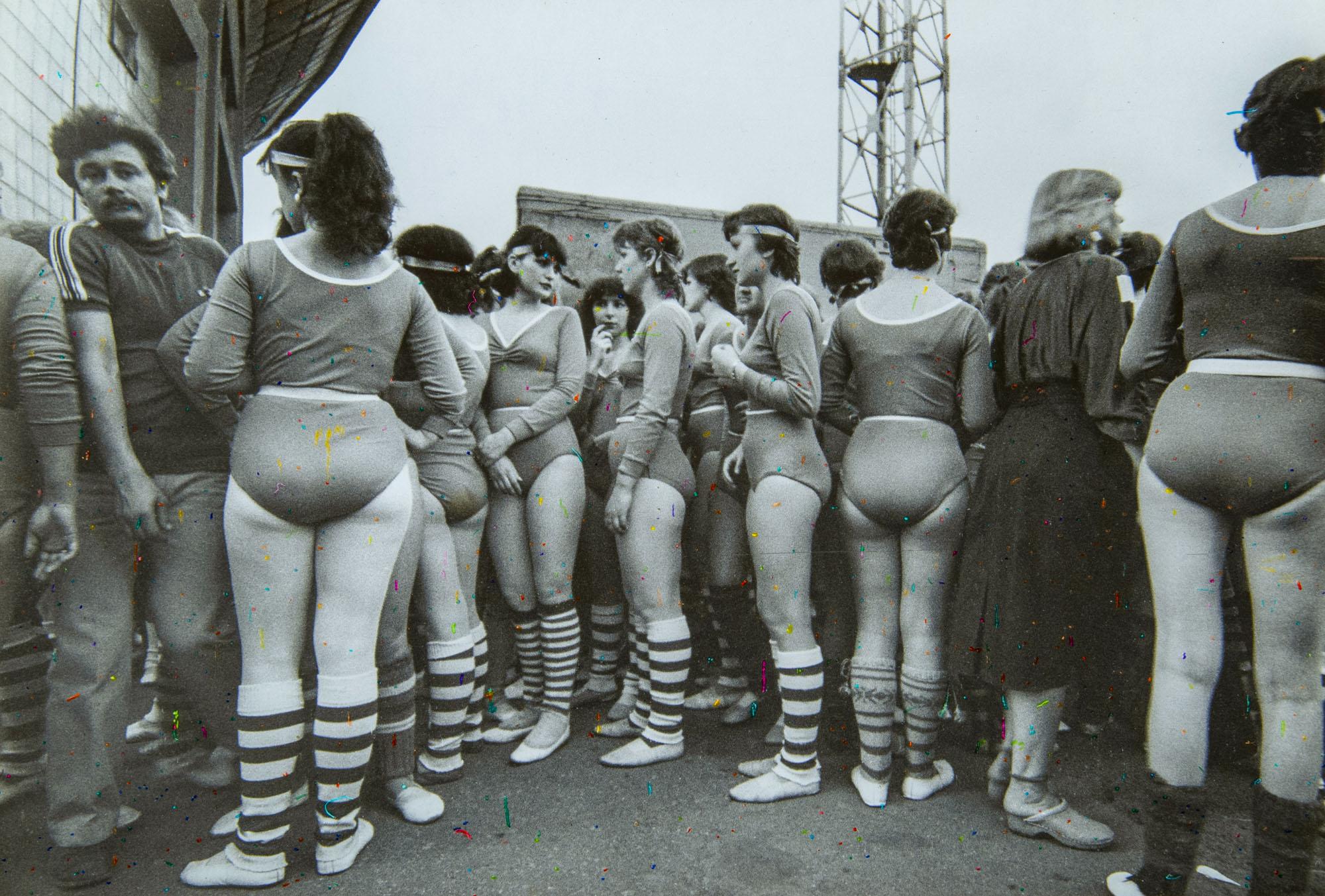
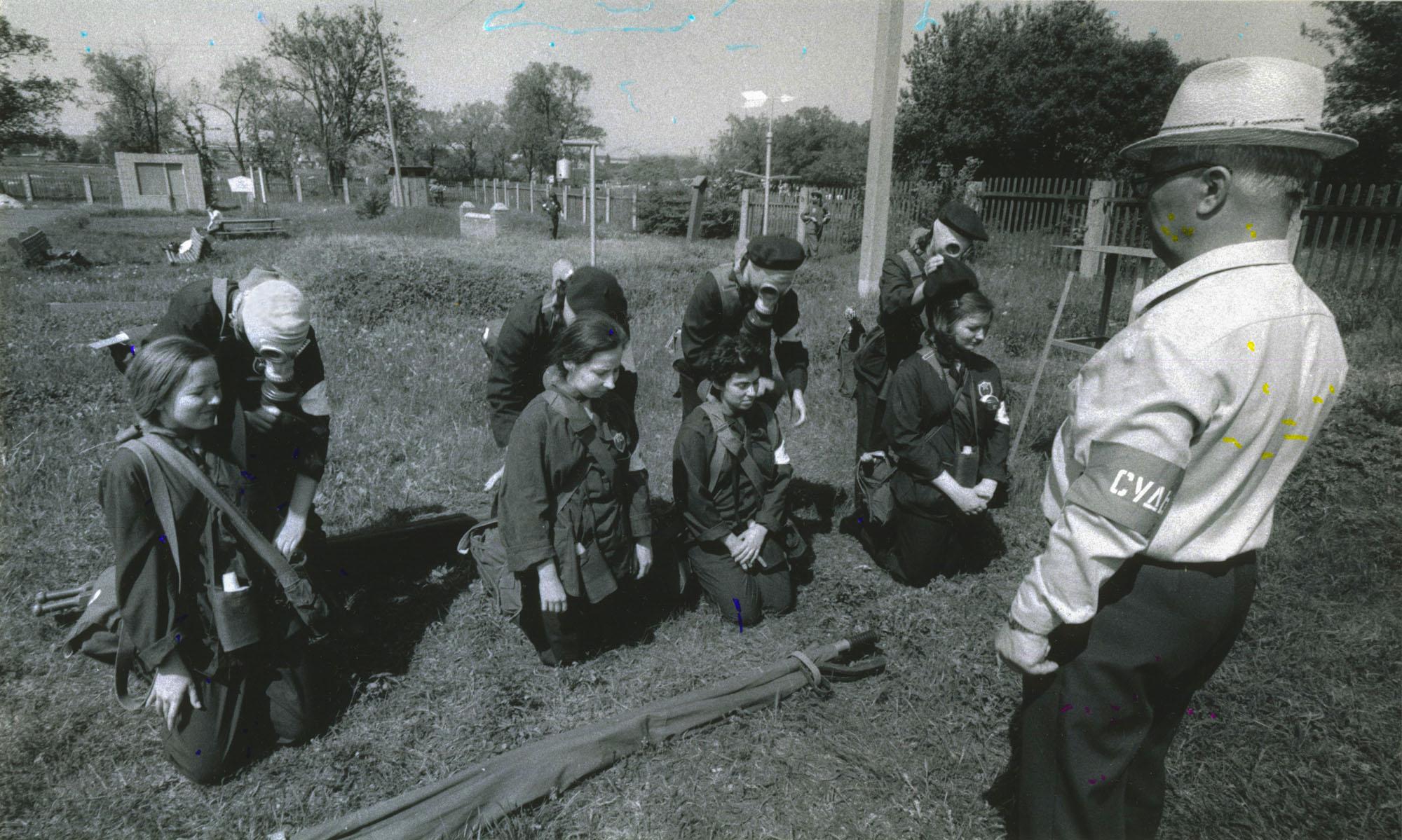
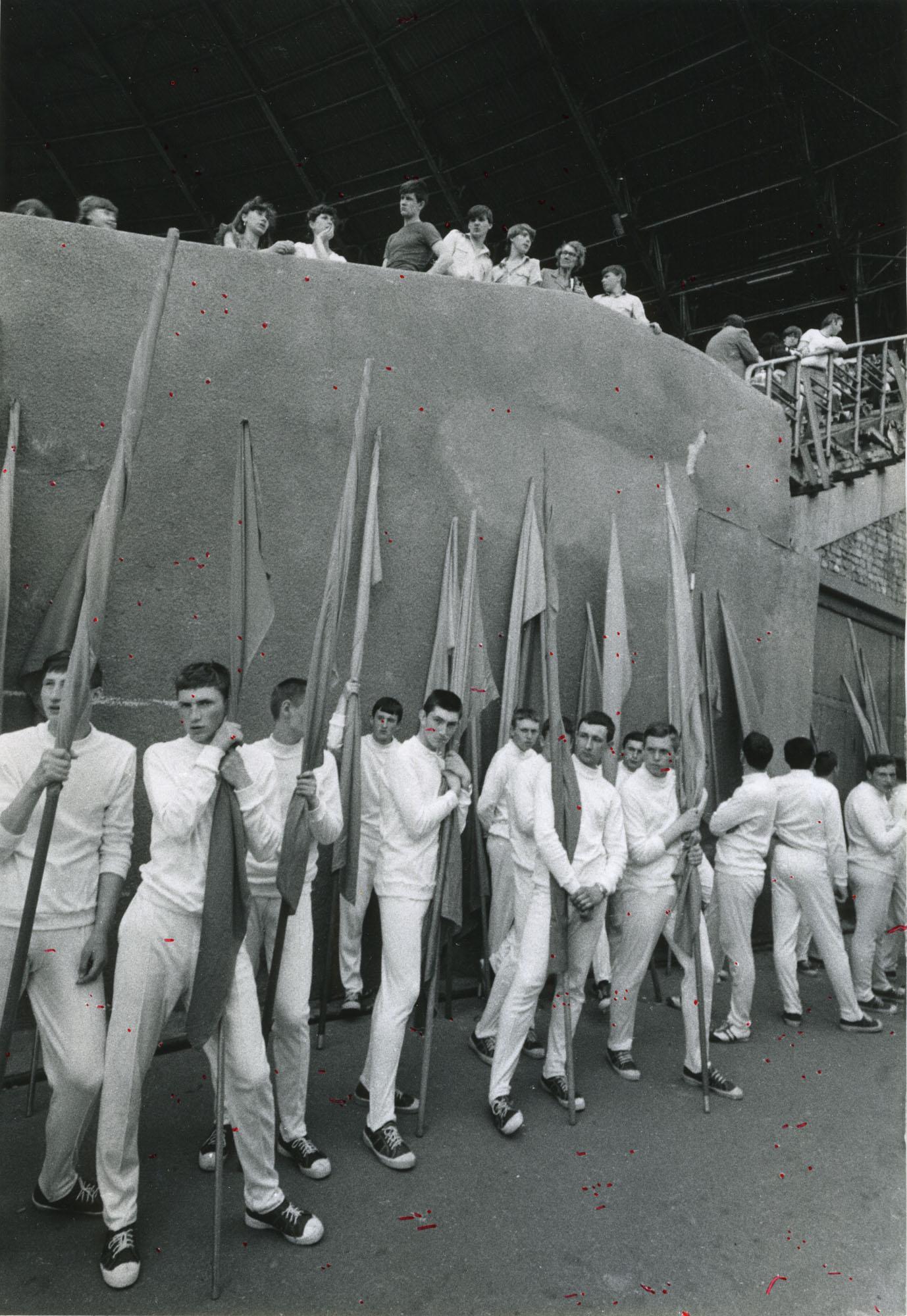
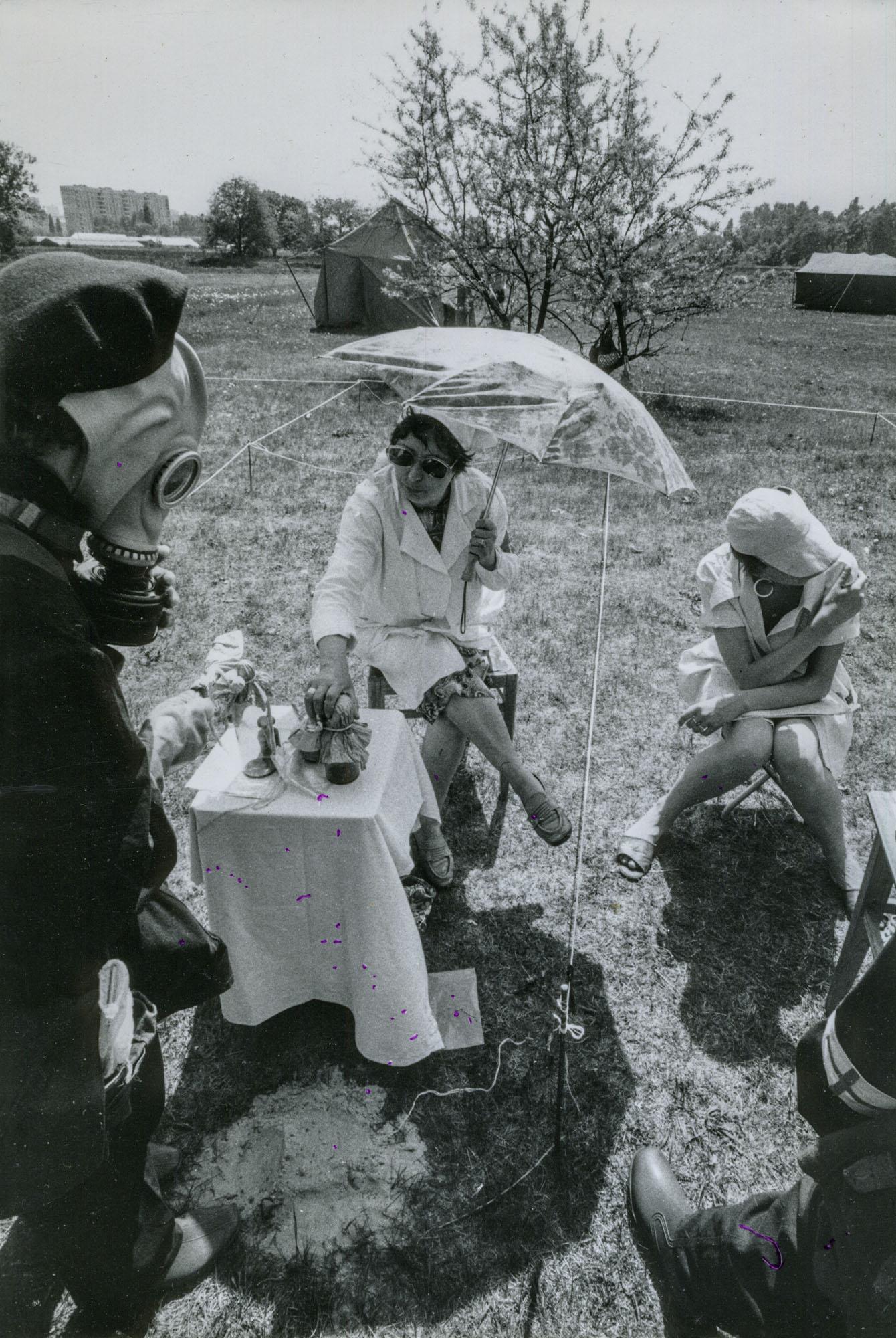
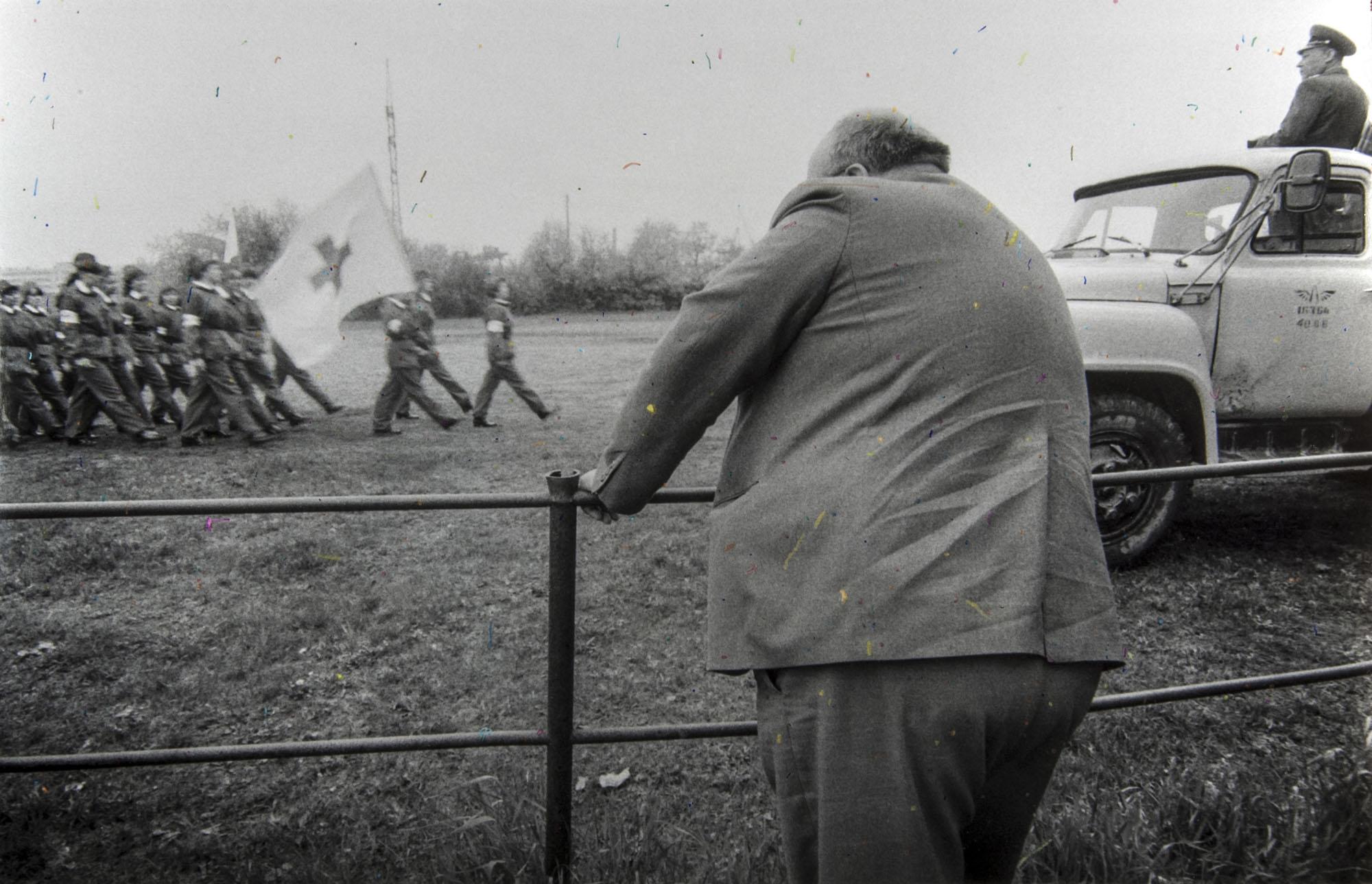
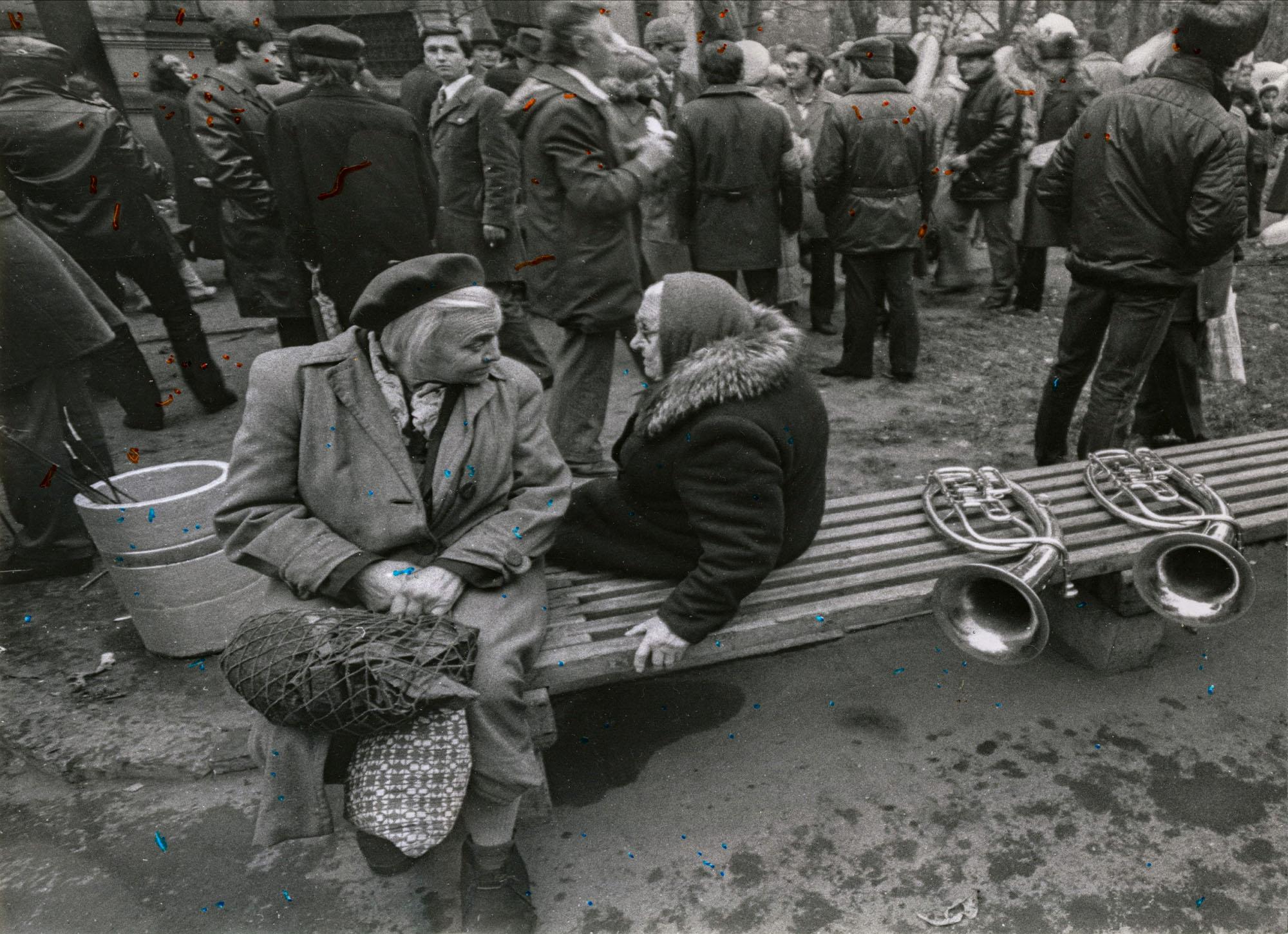


Orwochrome
1972-1991
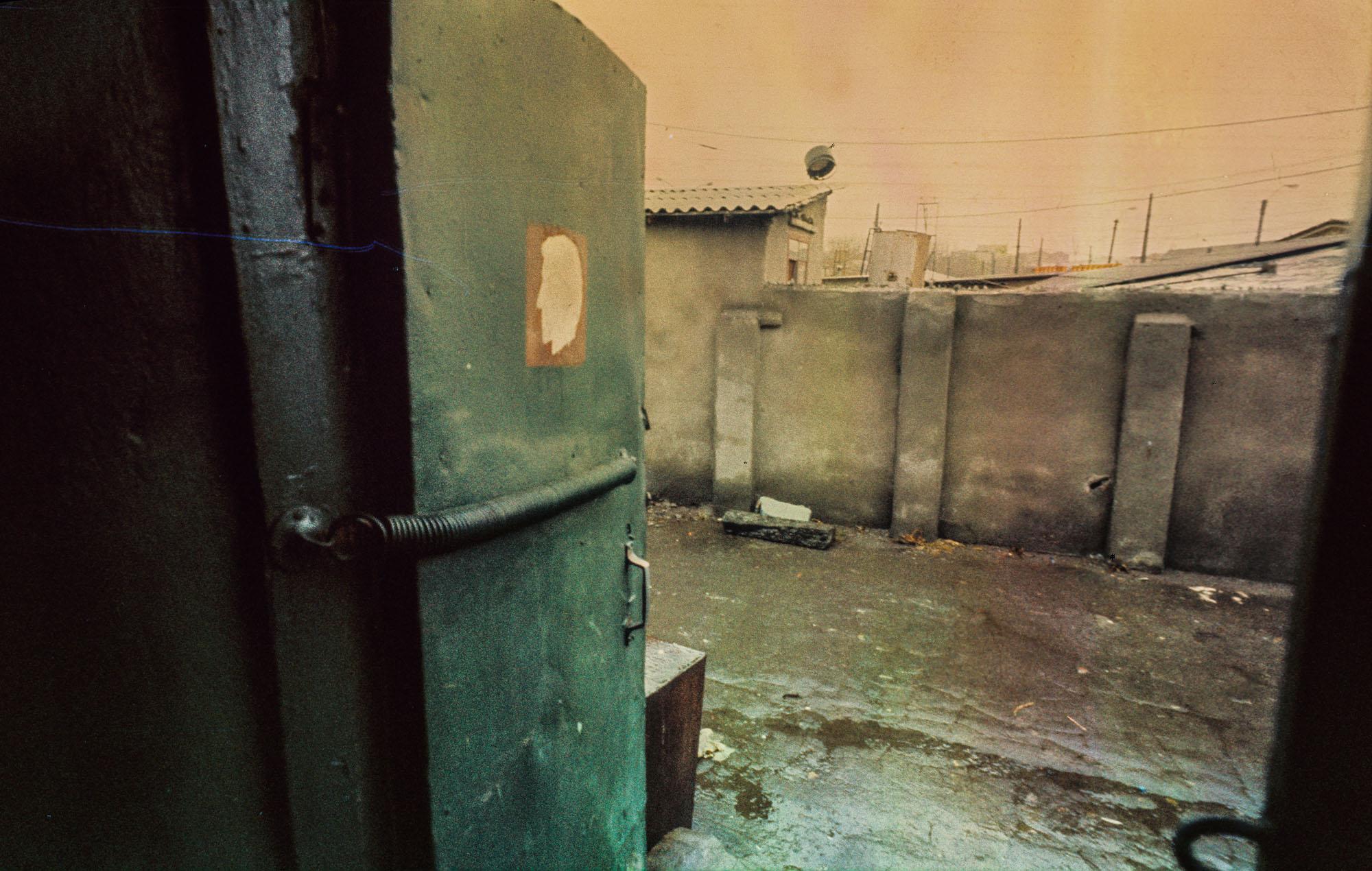


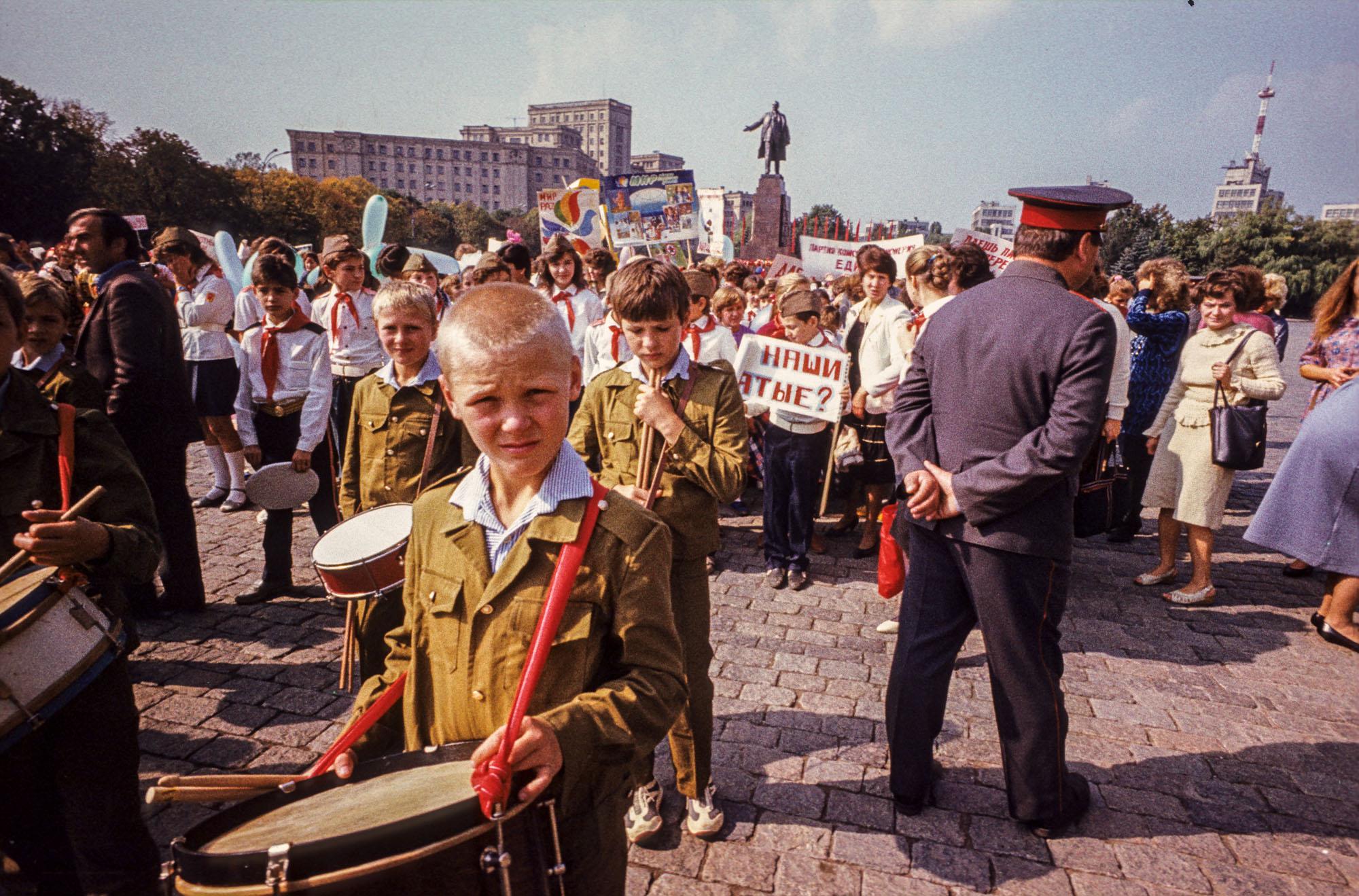
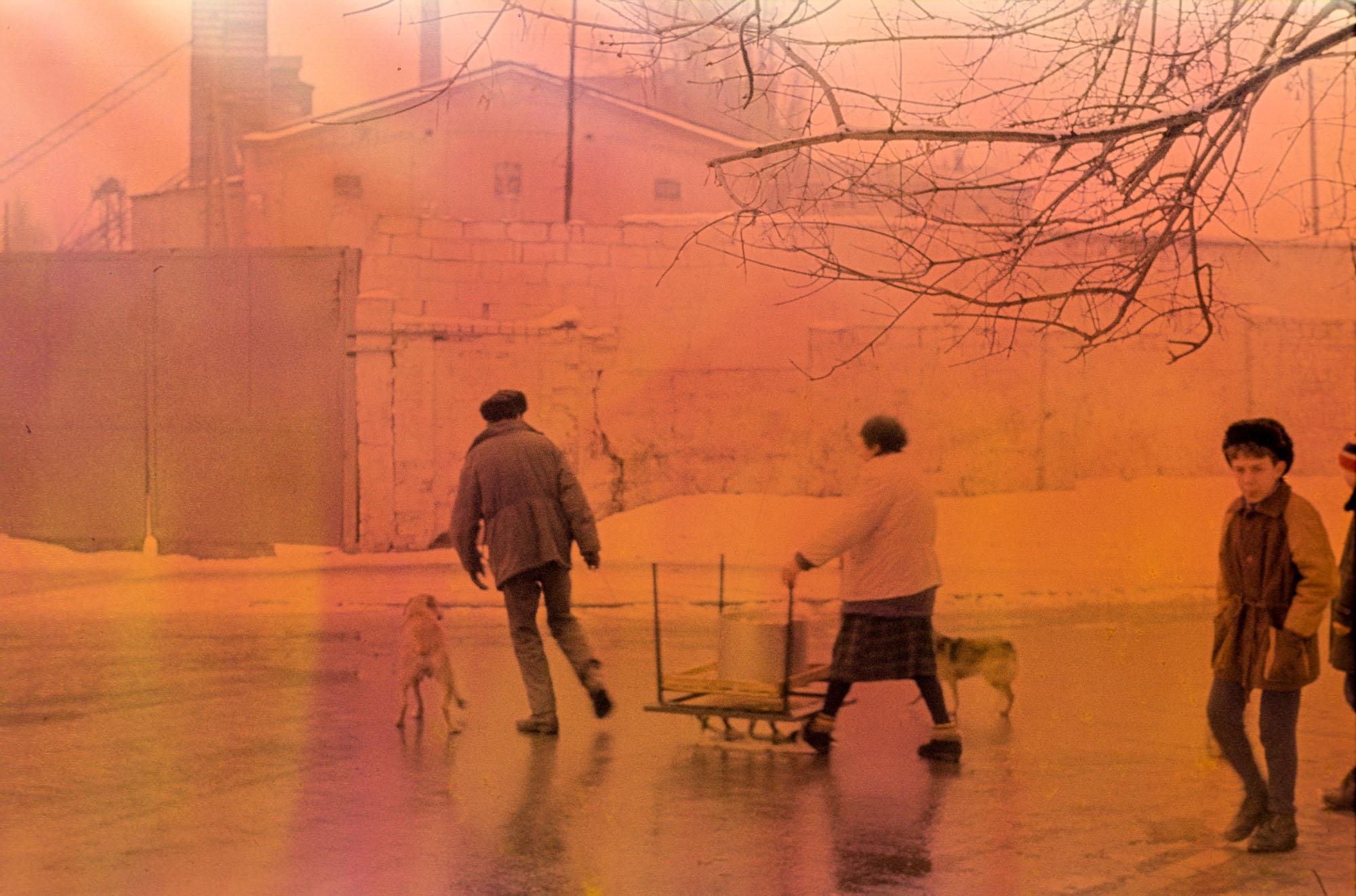
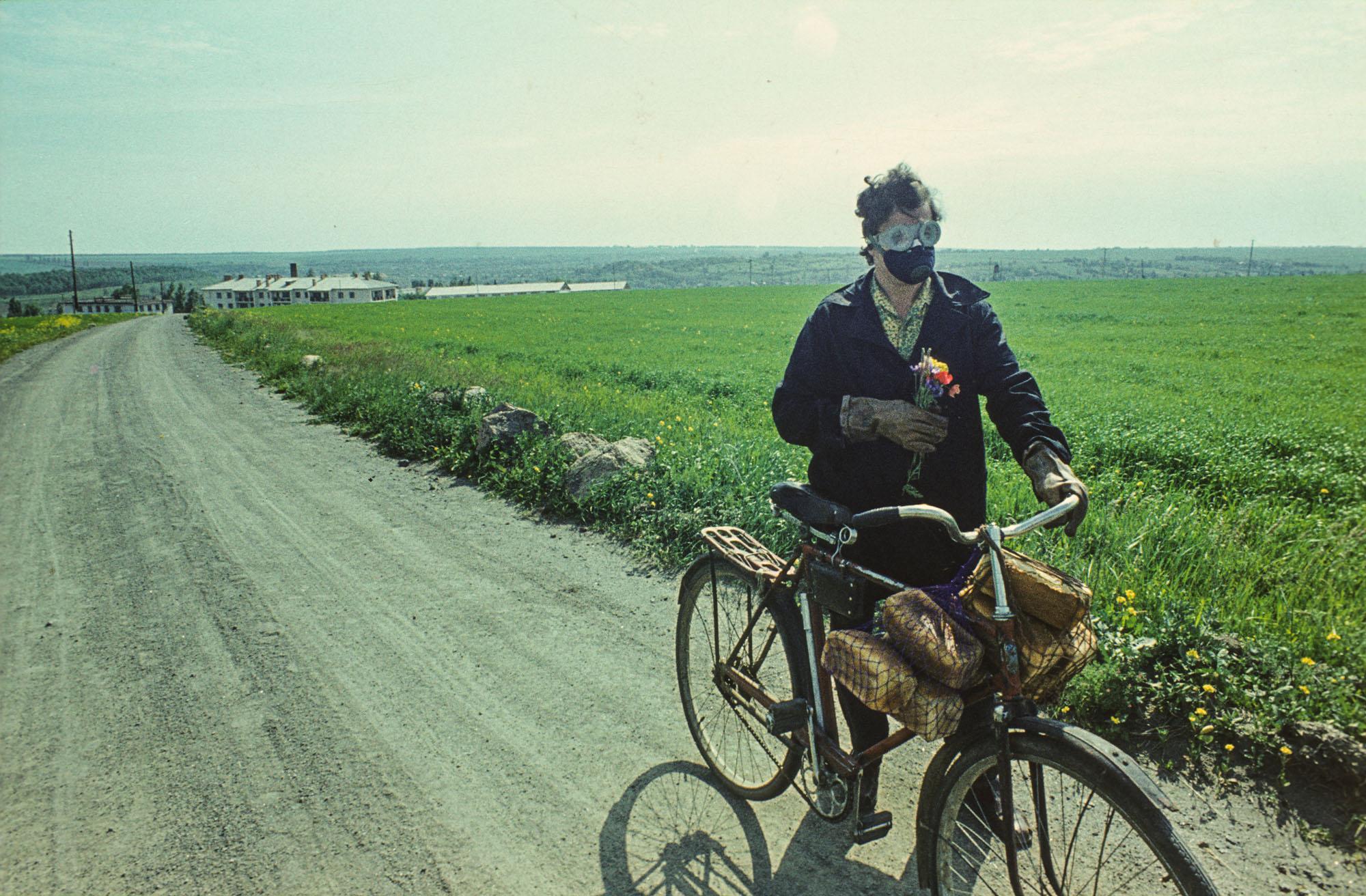
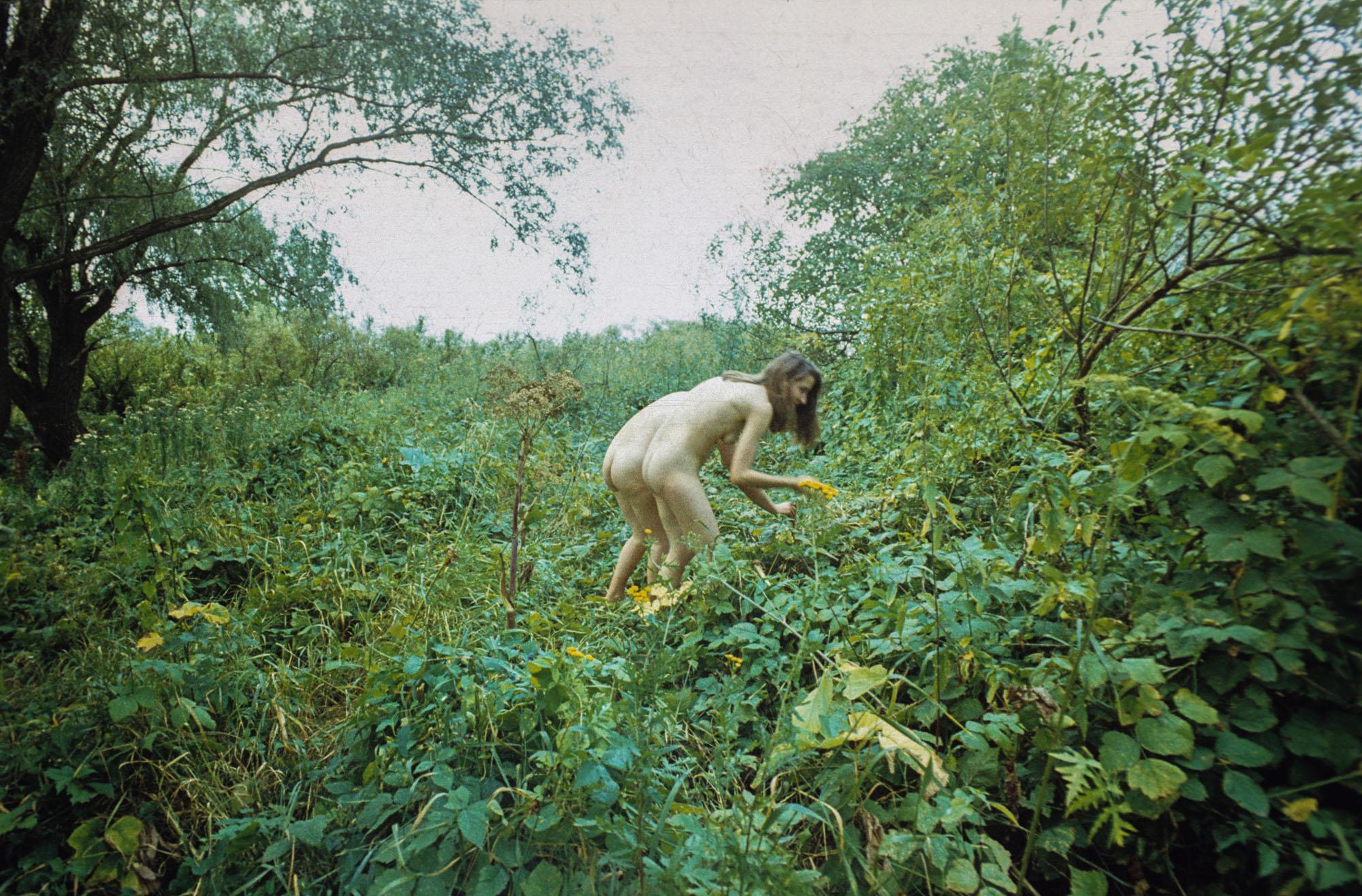
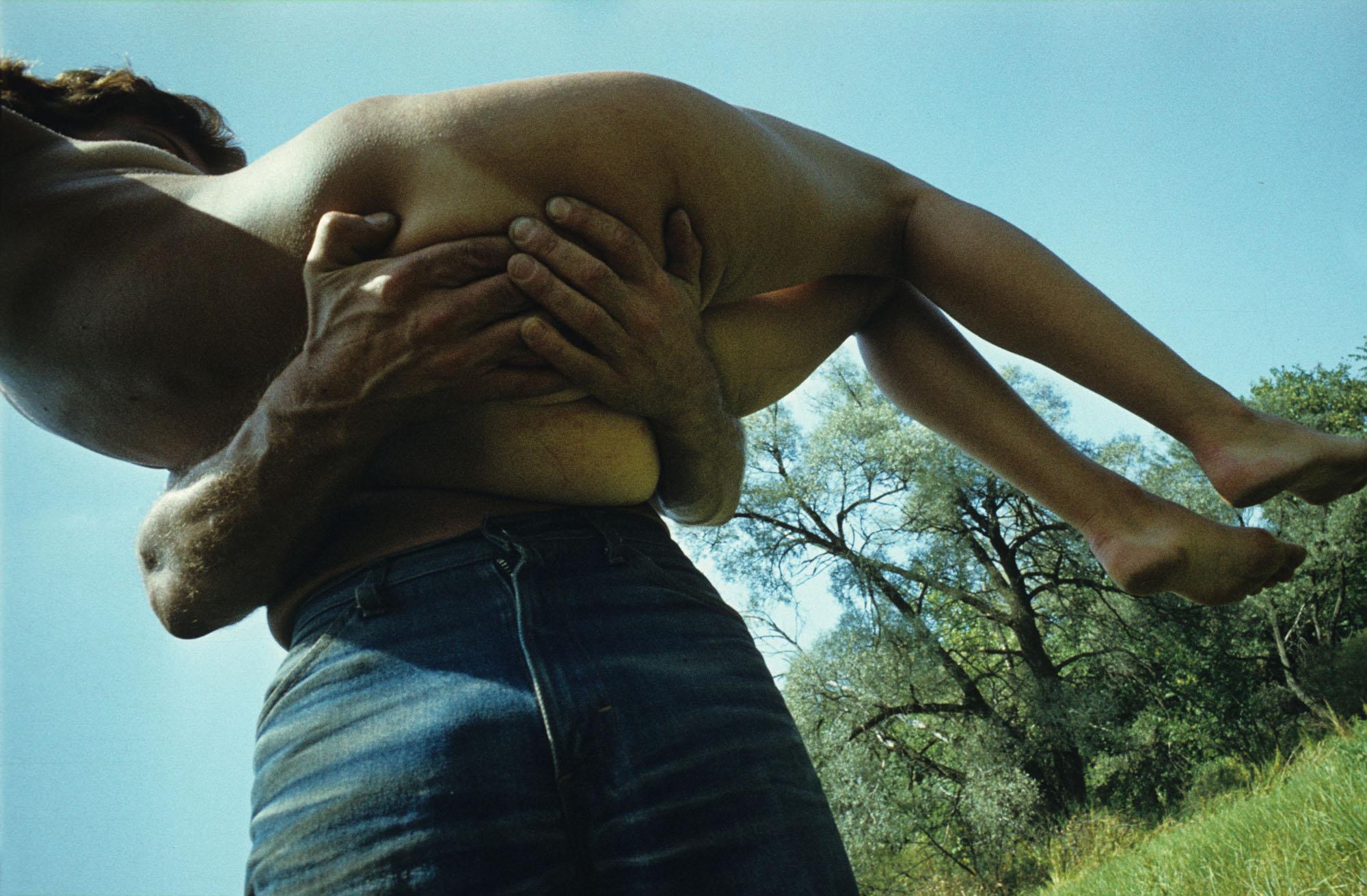
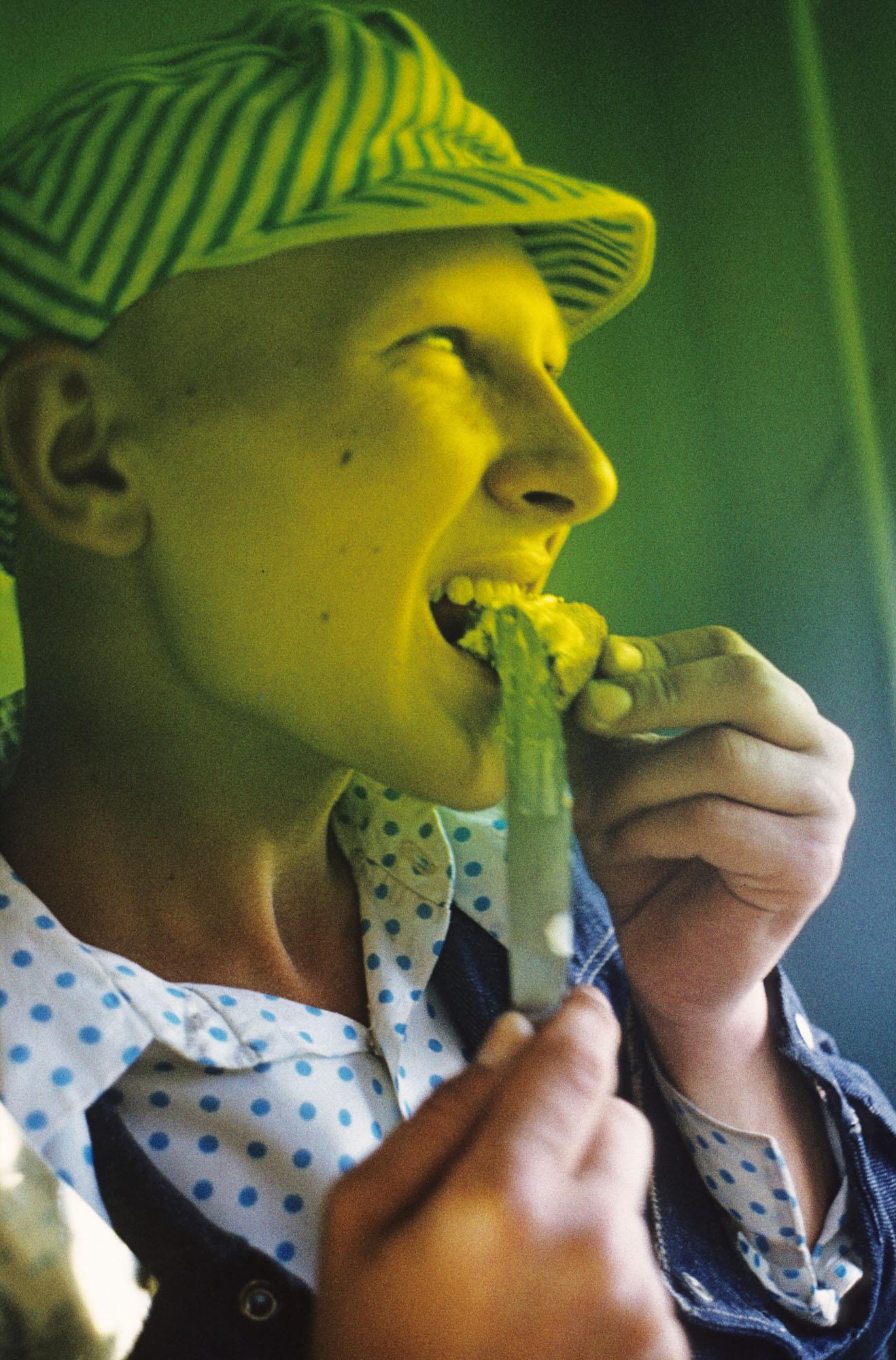
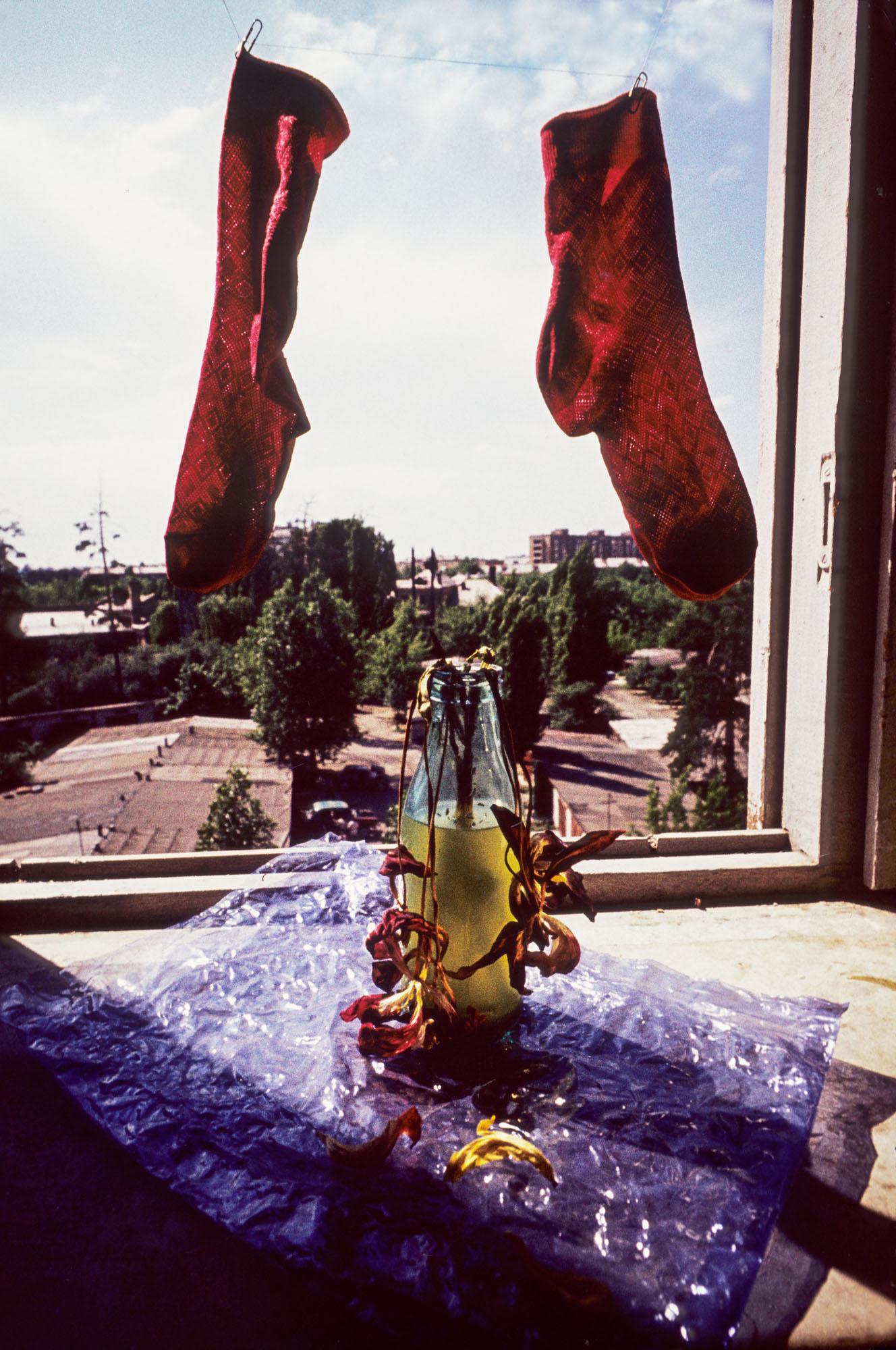
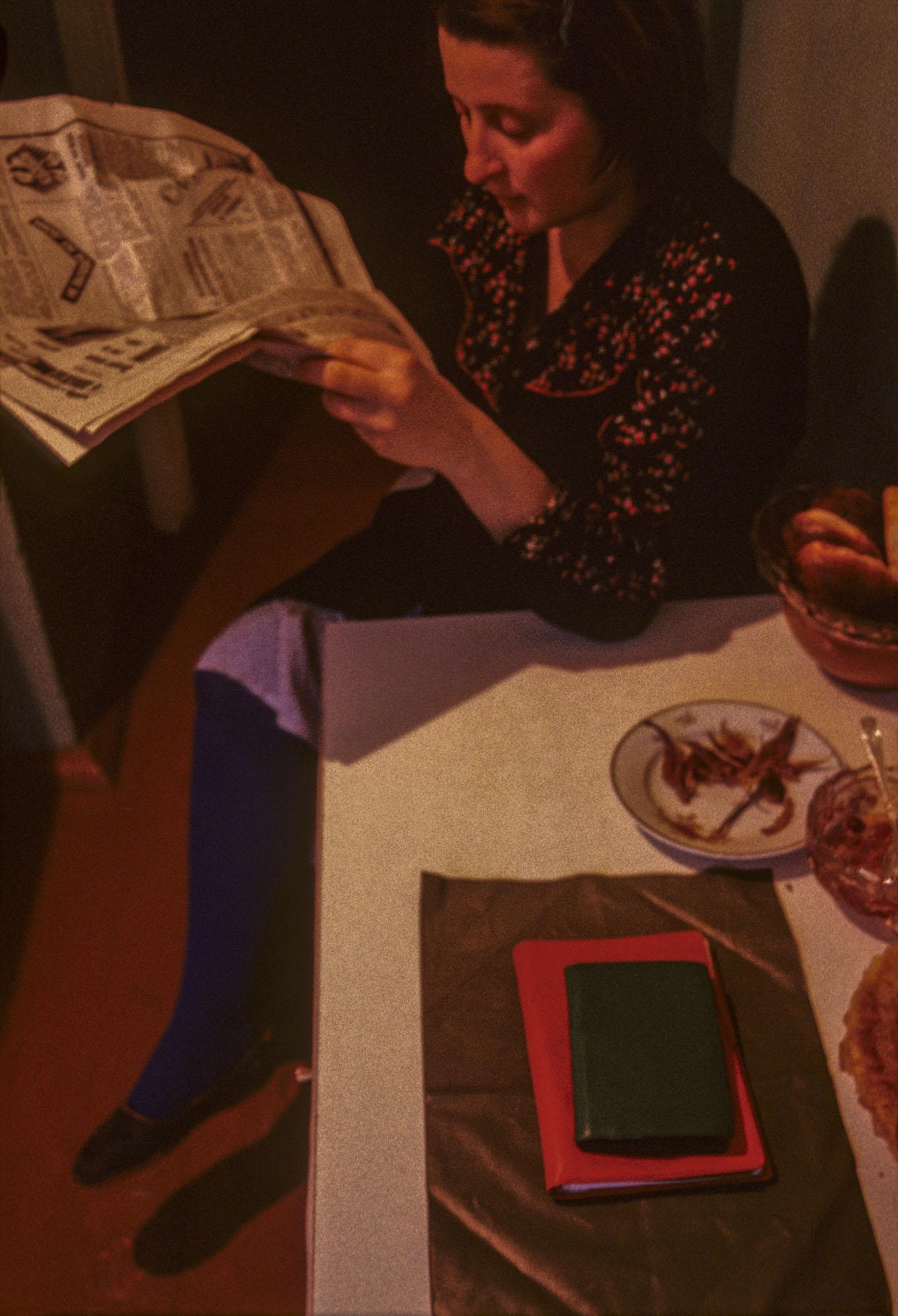
Evgeniy Pavlov
(1949, Kharkiv)
In 1968 he came to the Kharkiv Regional Photo Club, where in 1971, together with Jury Rupin, he initiated the creation of a group known as Vremya (B. Mikhailov, O. Malyovany, G. Tubalev, O. Suprun, O. Sitnichenko, A. Makienko), which became a prominent center of nonconformist photography in the USSR. He graduated from the Faculty of Economics of Kharkiv State Uni-versity (1967–1972) and the Faculty of Cinematography of Kyiv State Theater Institute (1974-79). His diploma film (together with V. Tymchenko and E. Halperin) was dedicated to the strict regime zone (maximum security prison) in Perevalsk, where at that time a prominent Ukrainian film director Serhiy Paradzhanov was serving his sentence.
Main photo series: «The Violin» (1972), «The Love» (1976), «The Orwochrome» (1972–1991), «The Compilation» (1974–1989), «The Mythologies» (1988), «1 x 7» (1988), «The Energy Por-traits» (1989), «Blatari Vospoda» (1989), «The Plant Life» (1990), a series of collages (1982–1996), «Forty Still Lives» (1998), «The Home Life Book» (1974–2002) etc. The projects created in dialogue with other art media take a special place. Thus, the big «Archive Series» (1965–1988) is united by the formal technique of introducing accented color retouching to black and white images. Pavlov began to consider the defects of Soviet materials as hidden information that has to be emphasized manually. In the «Total Photography» project (1994) a spontaneous form-making gesture was added to this metaphysical unpacking of the photograph. This was also implemented in the projects (curated by T. Pavlova) created by Evgeniy Pavlov together with the artist Vladimir Shaposhnikov in an interactive way: «Common Field» (1996), «Parnography» (1998) and «Another Heaven» (1998–2003), which was created in a monumental photography manner.
The author's works have been shown in Belarus, Bulgaria, Greece, Denmark, Spain, Italy, China, the Netherlands, Germany, Latvia, Poland, Russia, Slovakia, USA, Ukraine, Finland, France, the Czech Republic, and Sweden. During 2017–2019, the main photo series of Evgeniy Pavlov were represented in a series of exhibitions of the Grynyov Art Foundation (Poltava, Mukachev, Khmelnytsky, Kyiv); The Come In Gallery (Kharkiv); in exhibitions within the framework of Paris Photo 2015–2018: at the Grand Palais; at the Institute of Romanian Culture and at the Ukrainian Cultural Center in Paris; at the Ukrainian Institute of Contemporary Art (Chicago, USA); at the exhibitions «Anonymous Society» and «Forbidden Image» at the PinchukArtCen-tre; at the personal exhibition «Freedom Street» at the Set Art Space in Kyiv.
